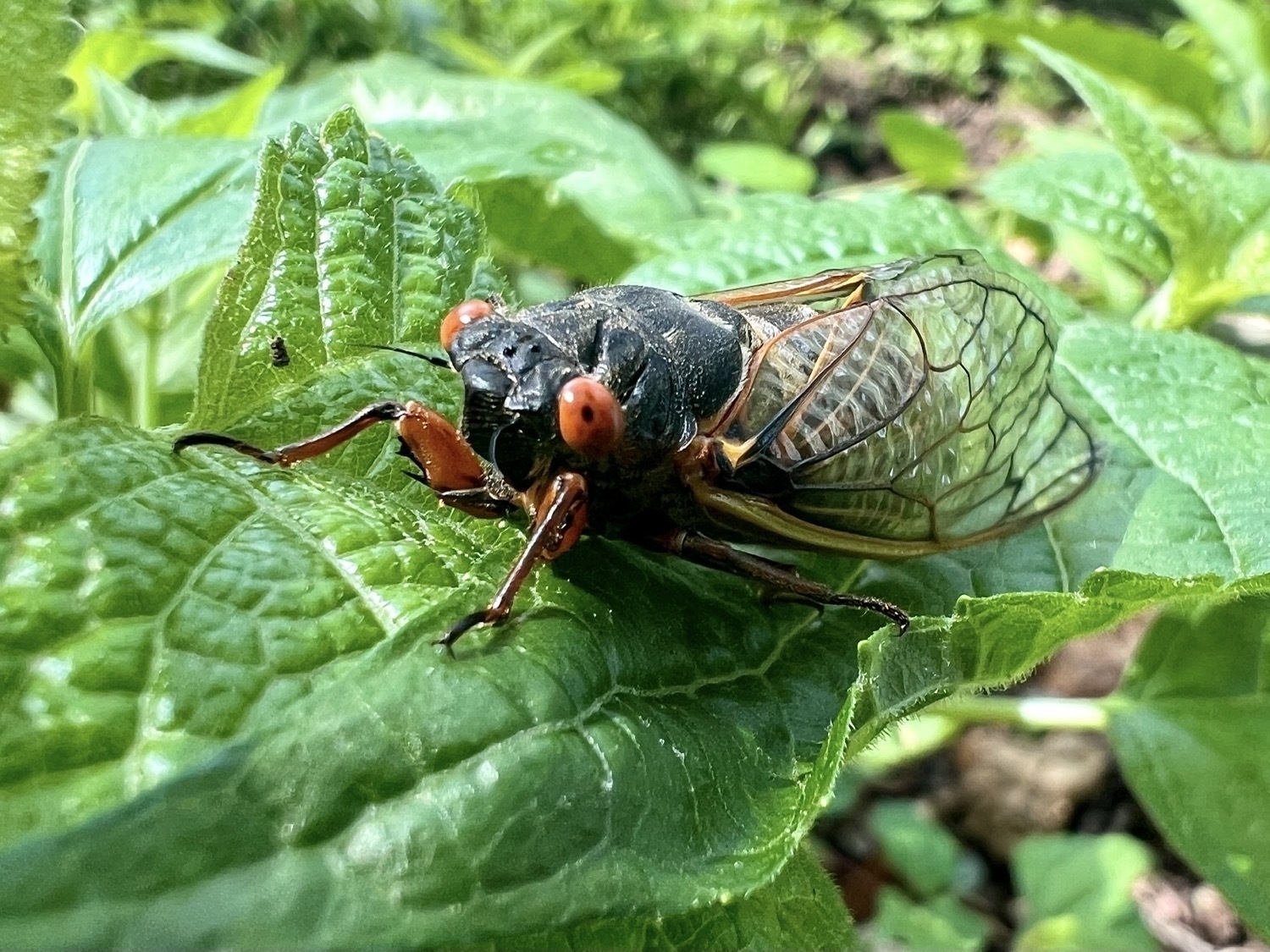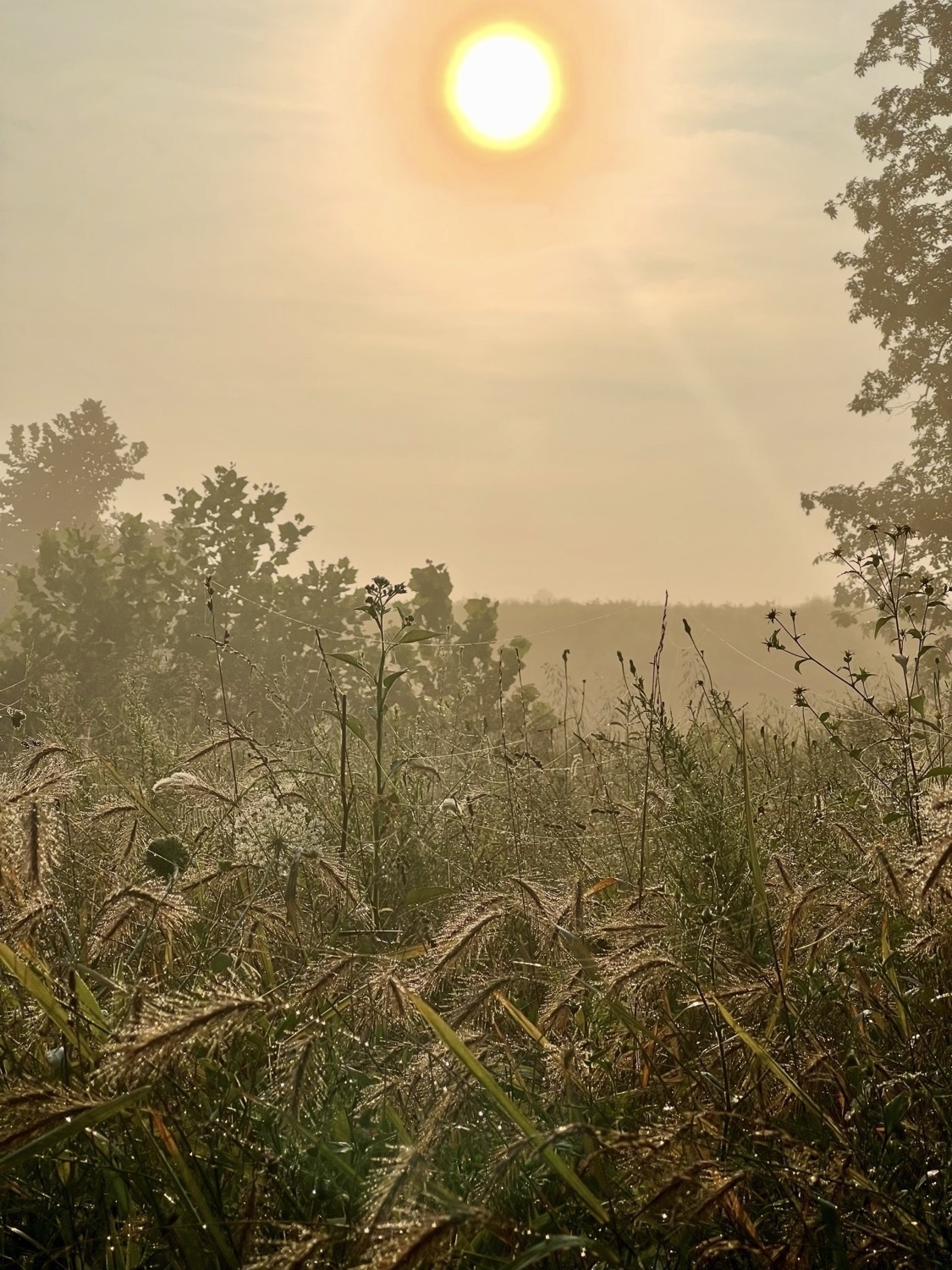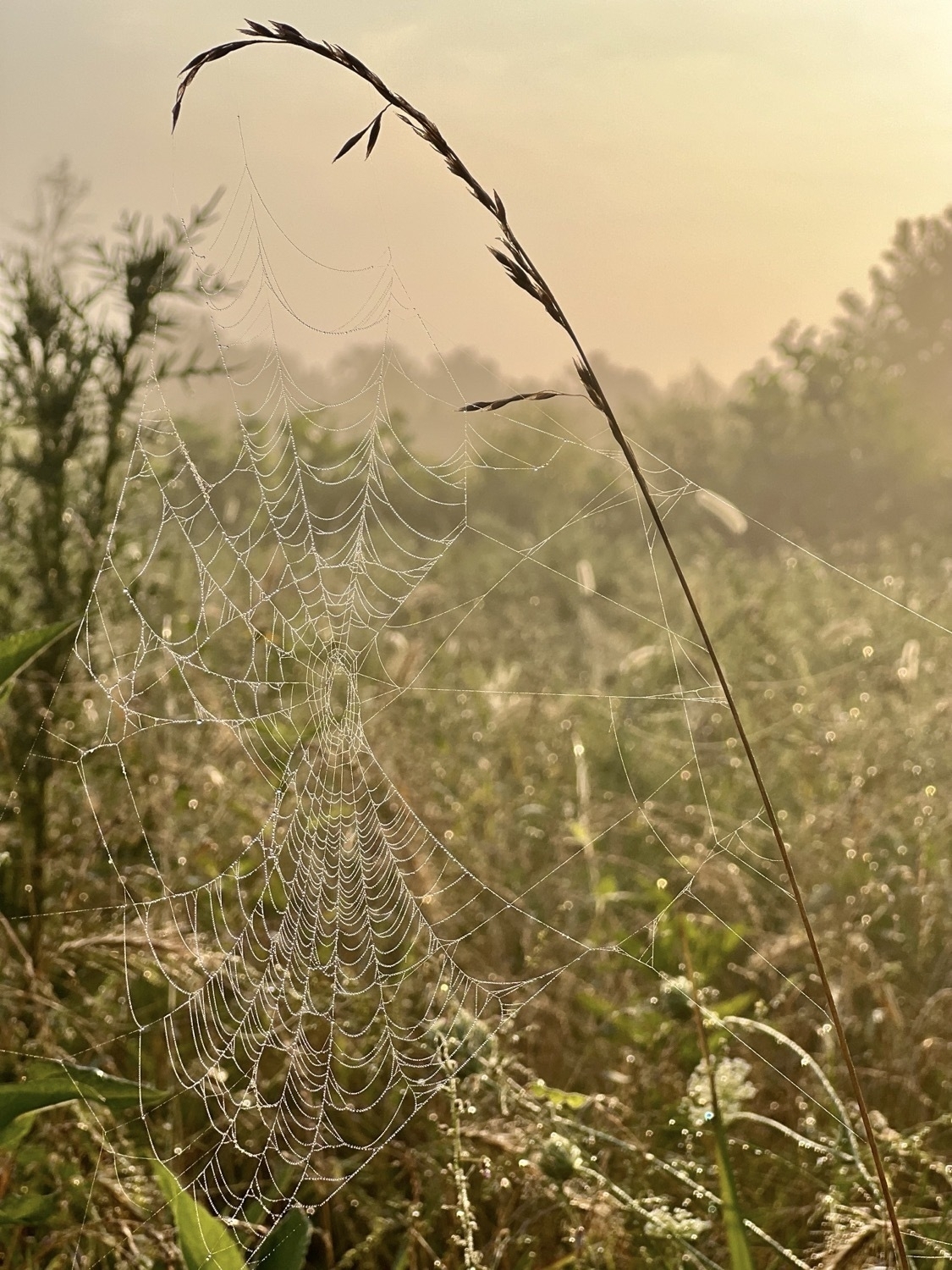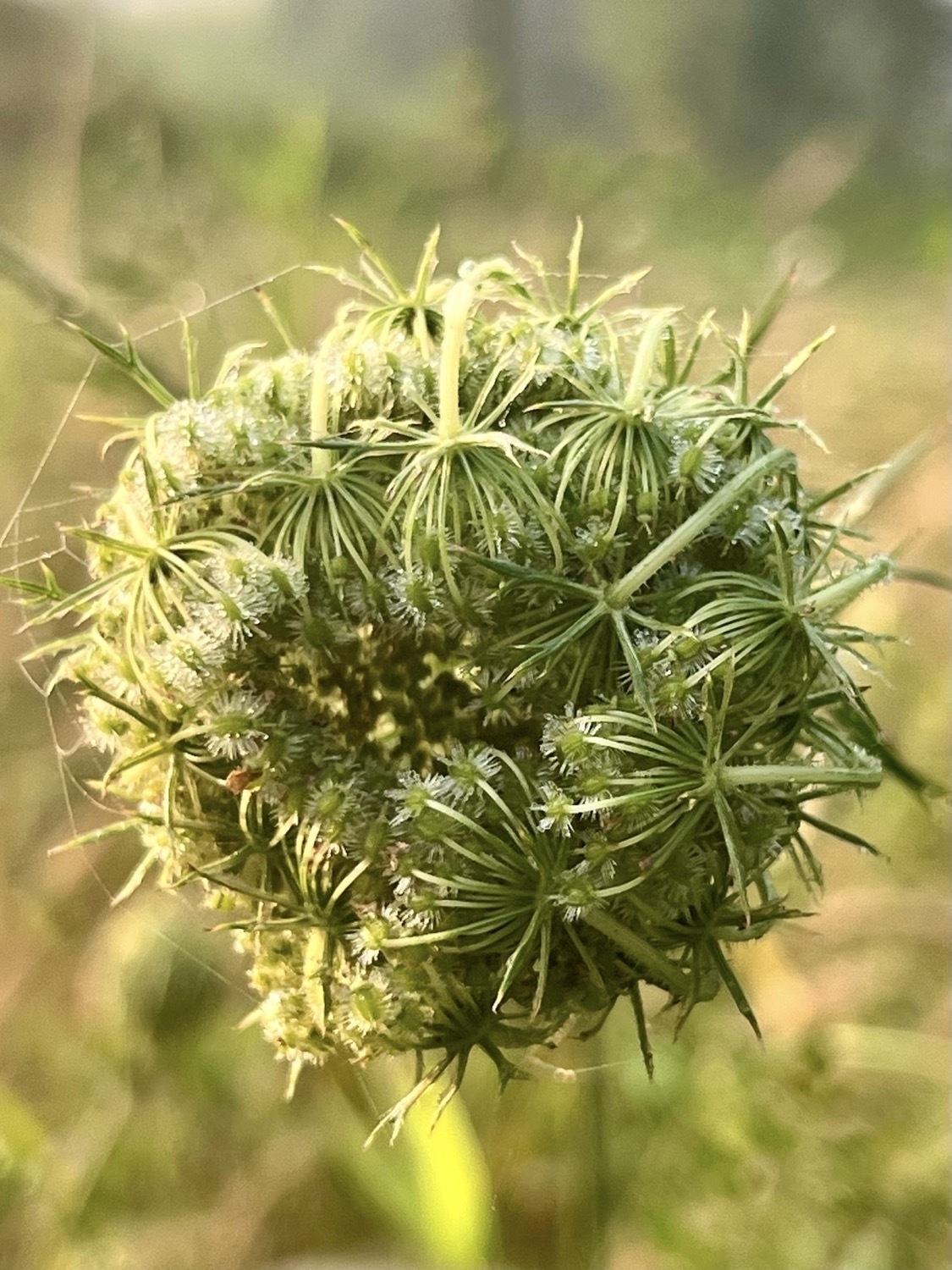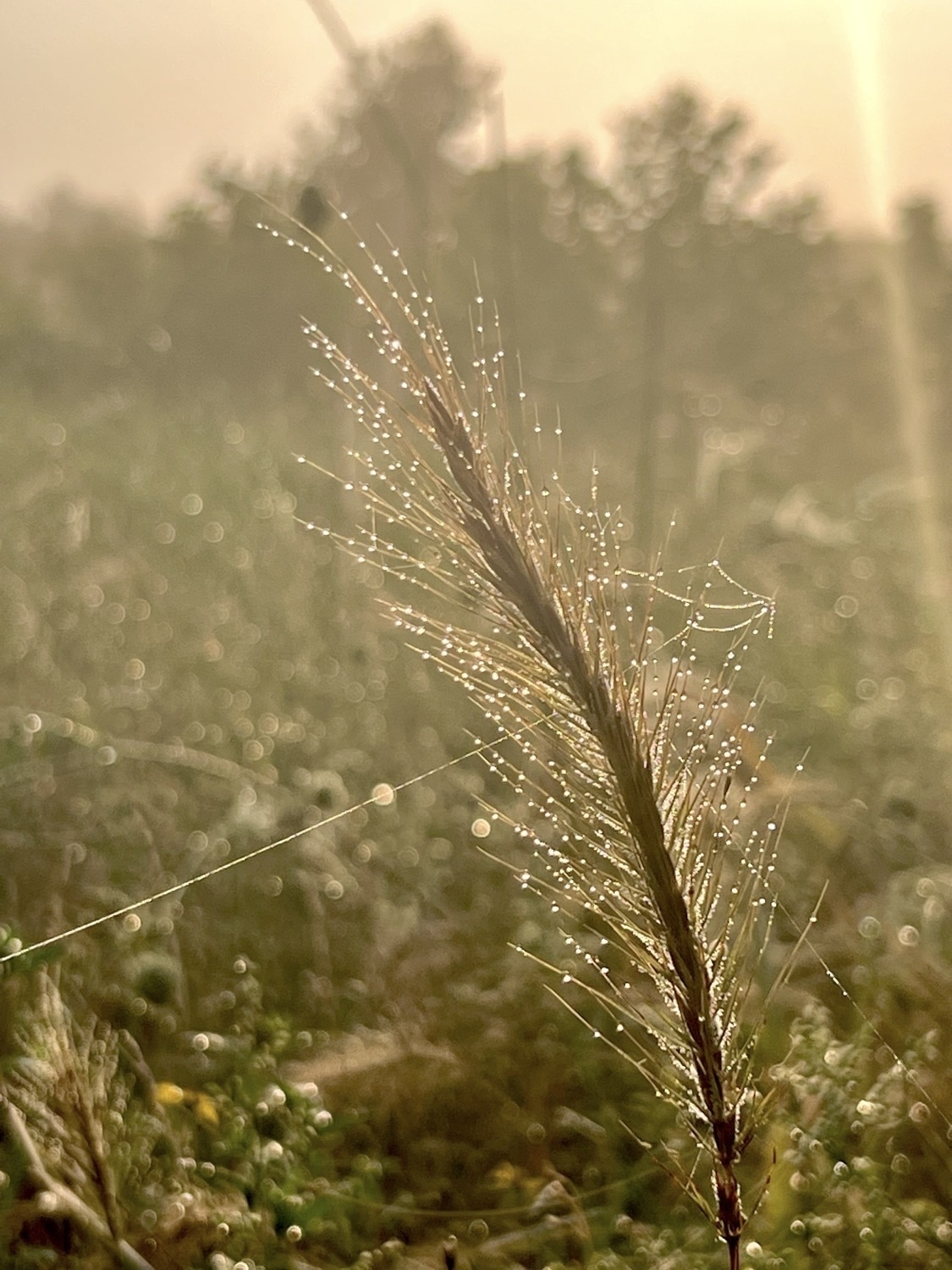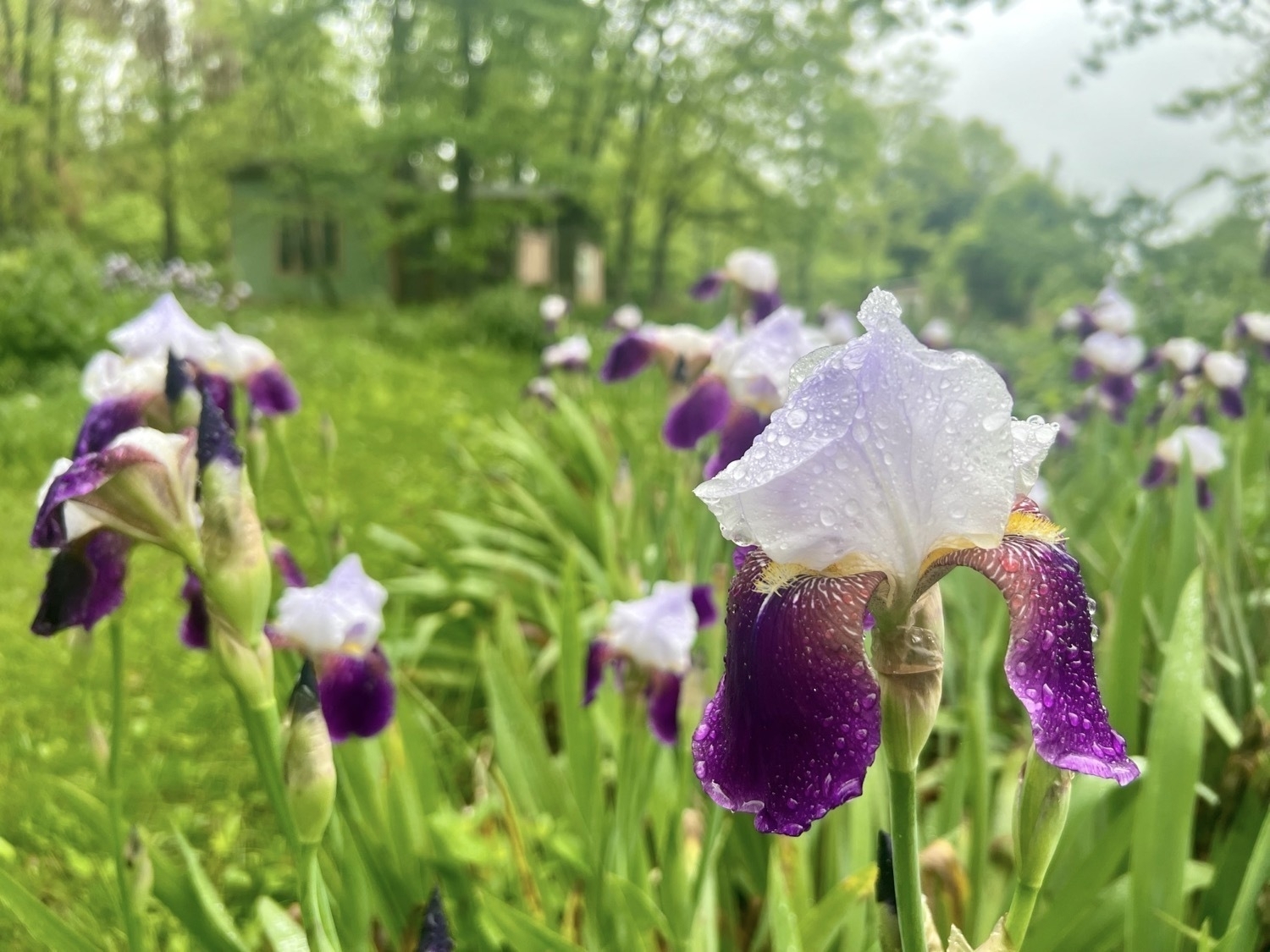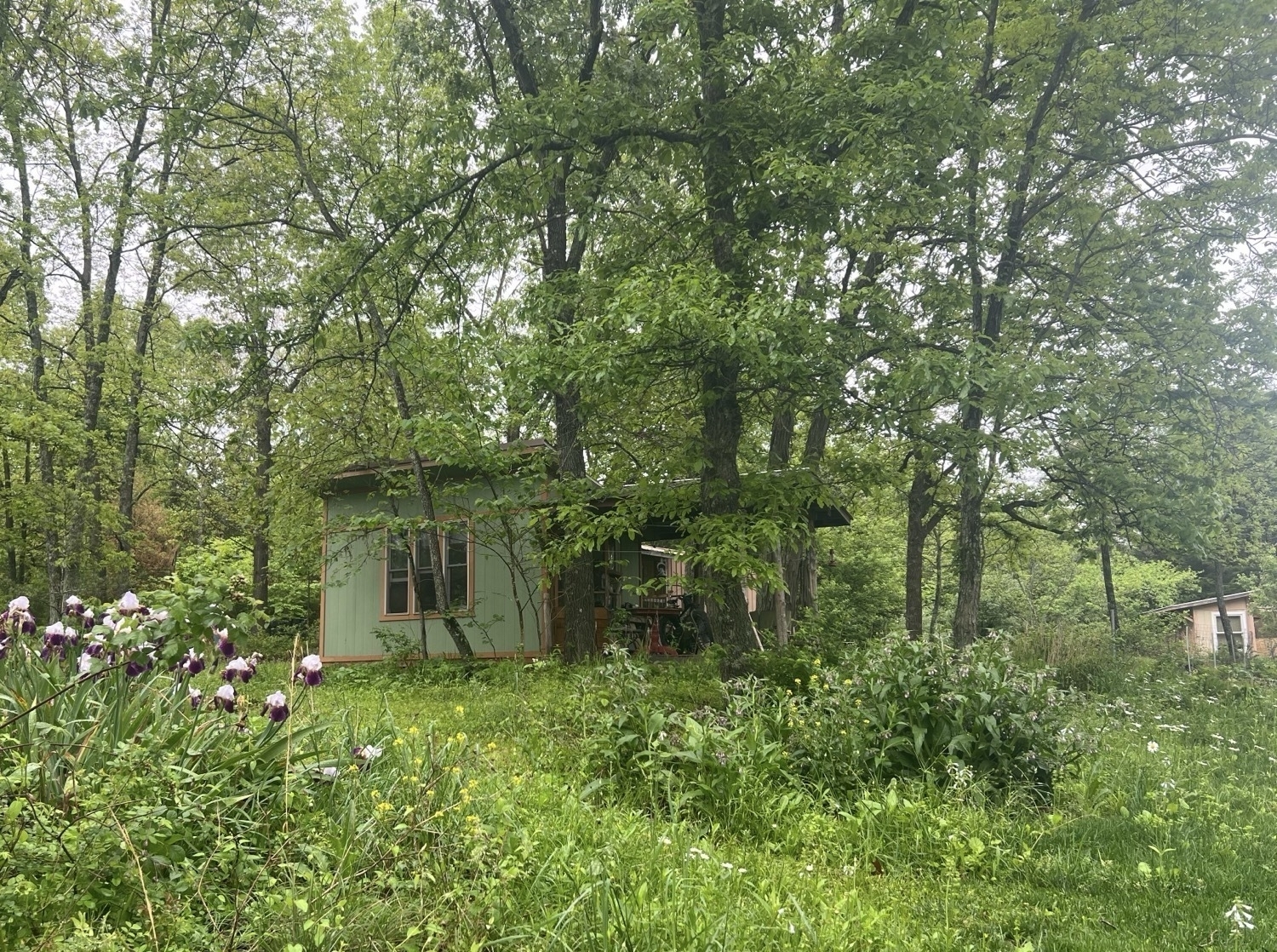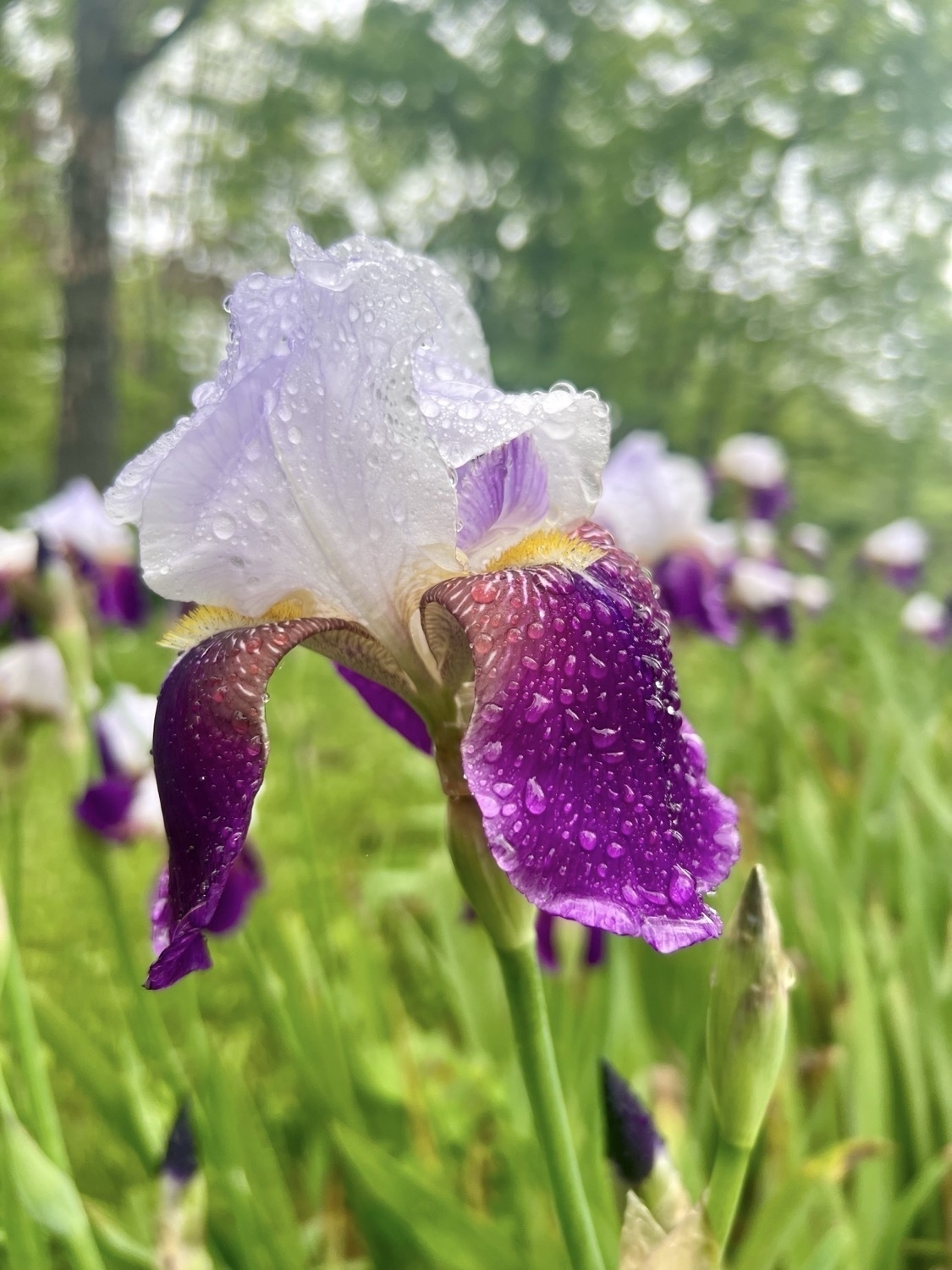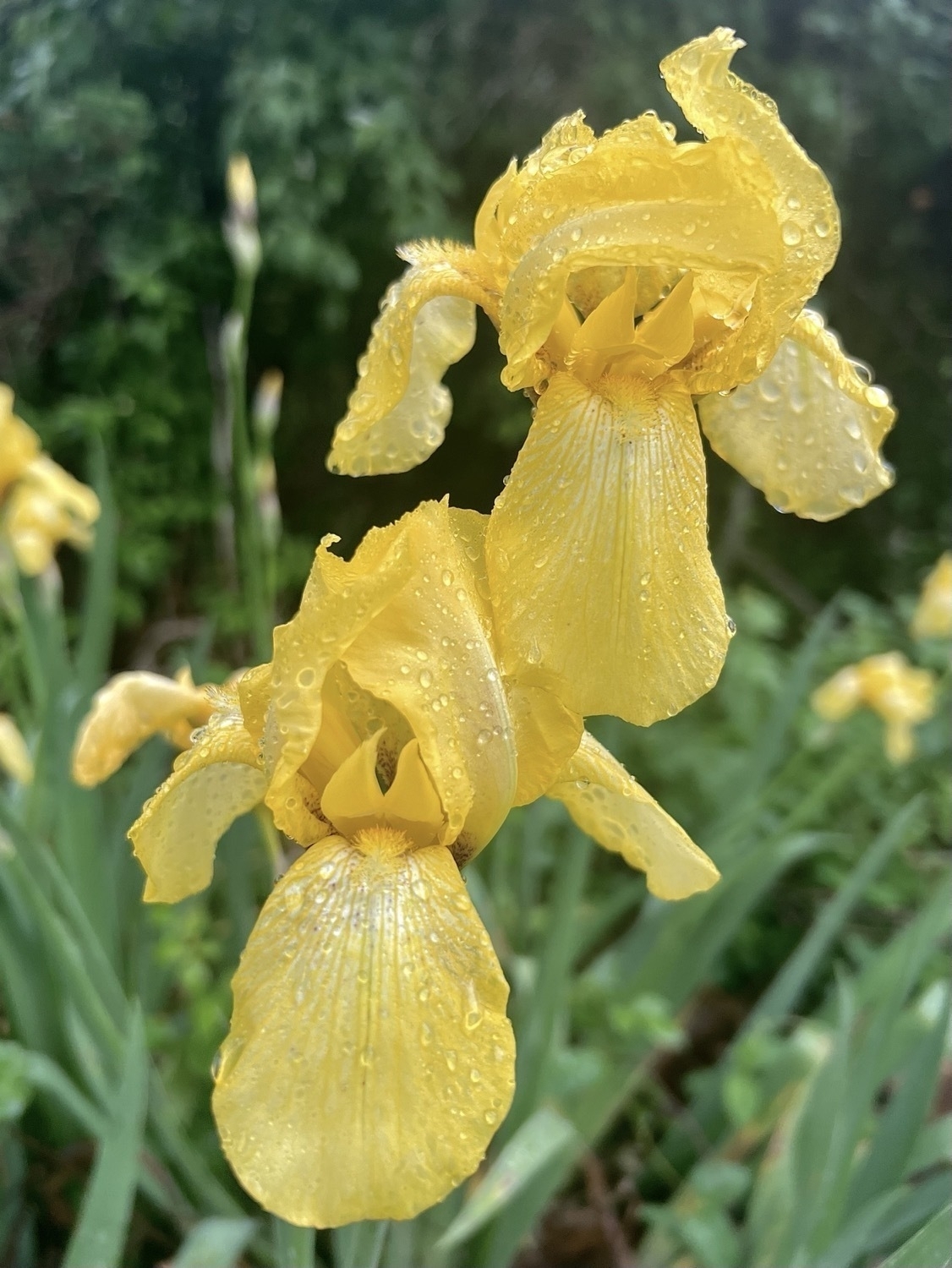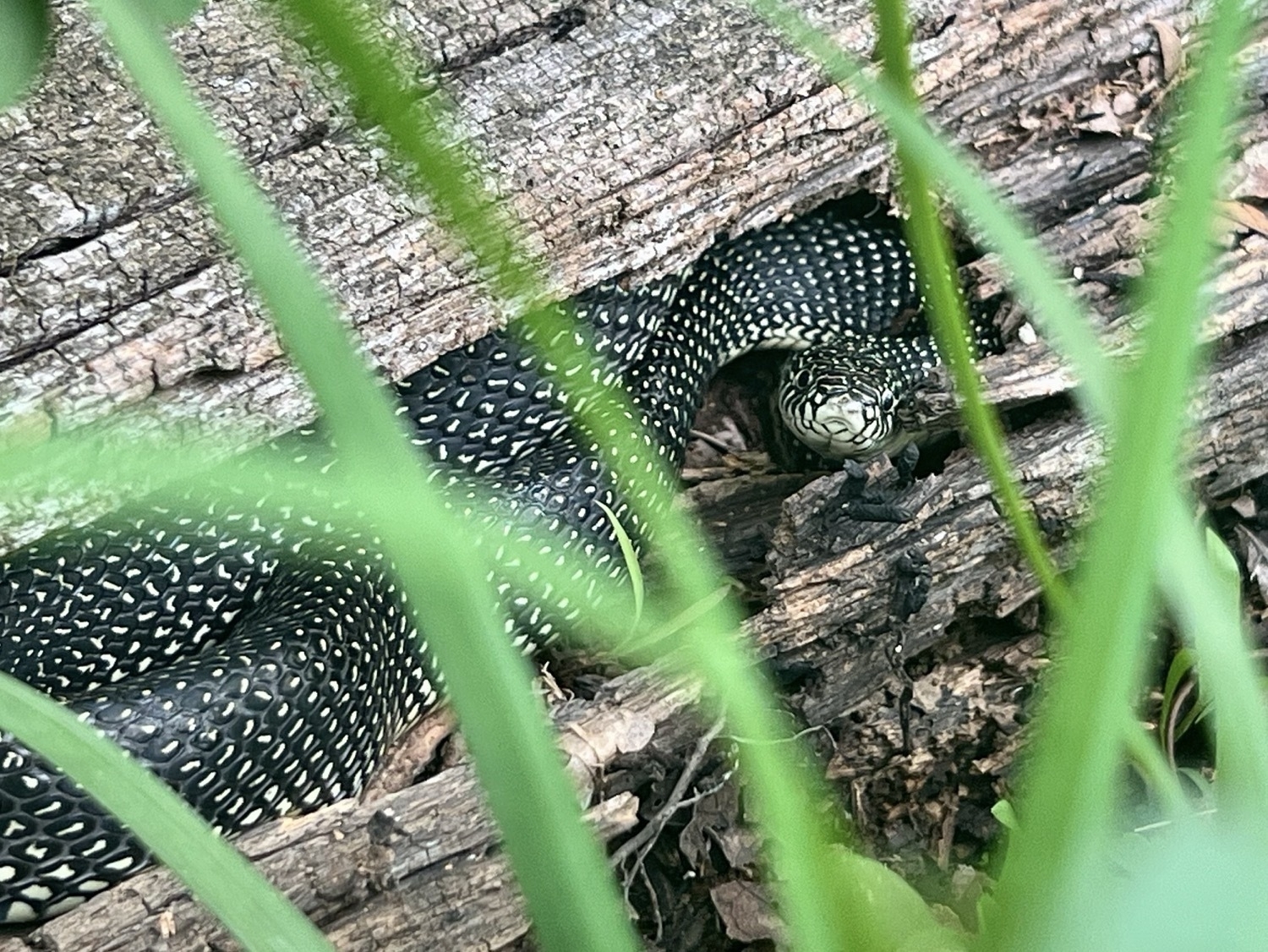Nature
I just felt a sting on my arm and looked down to see this little critter, smaller than a dime. I’d guess 10 mm. Left an easy to see bite and quickly swelling welt!
Zelus luridus, also known as the pale green assassin bug, is a species of assassin bug native to North America.
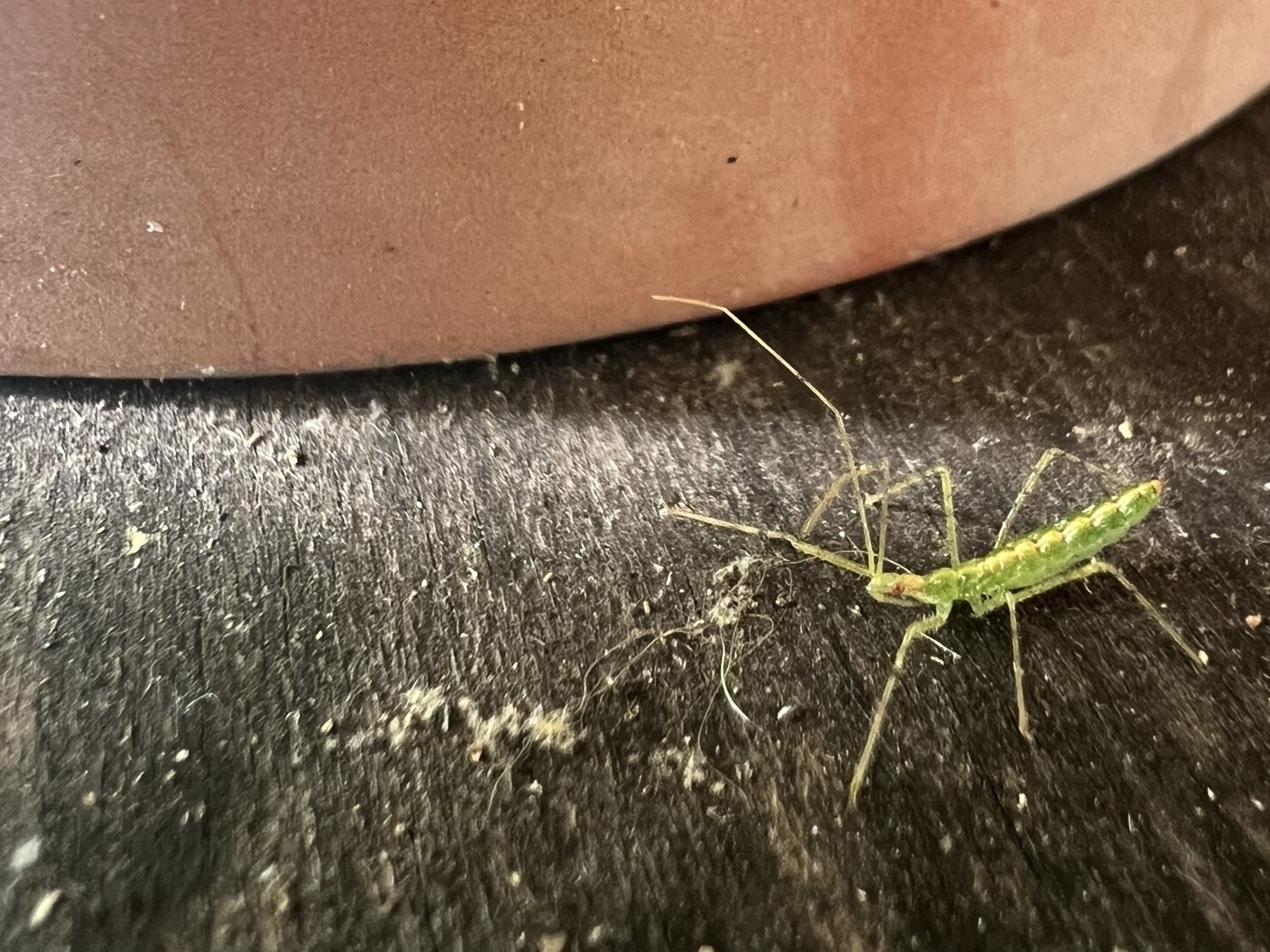
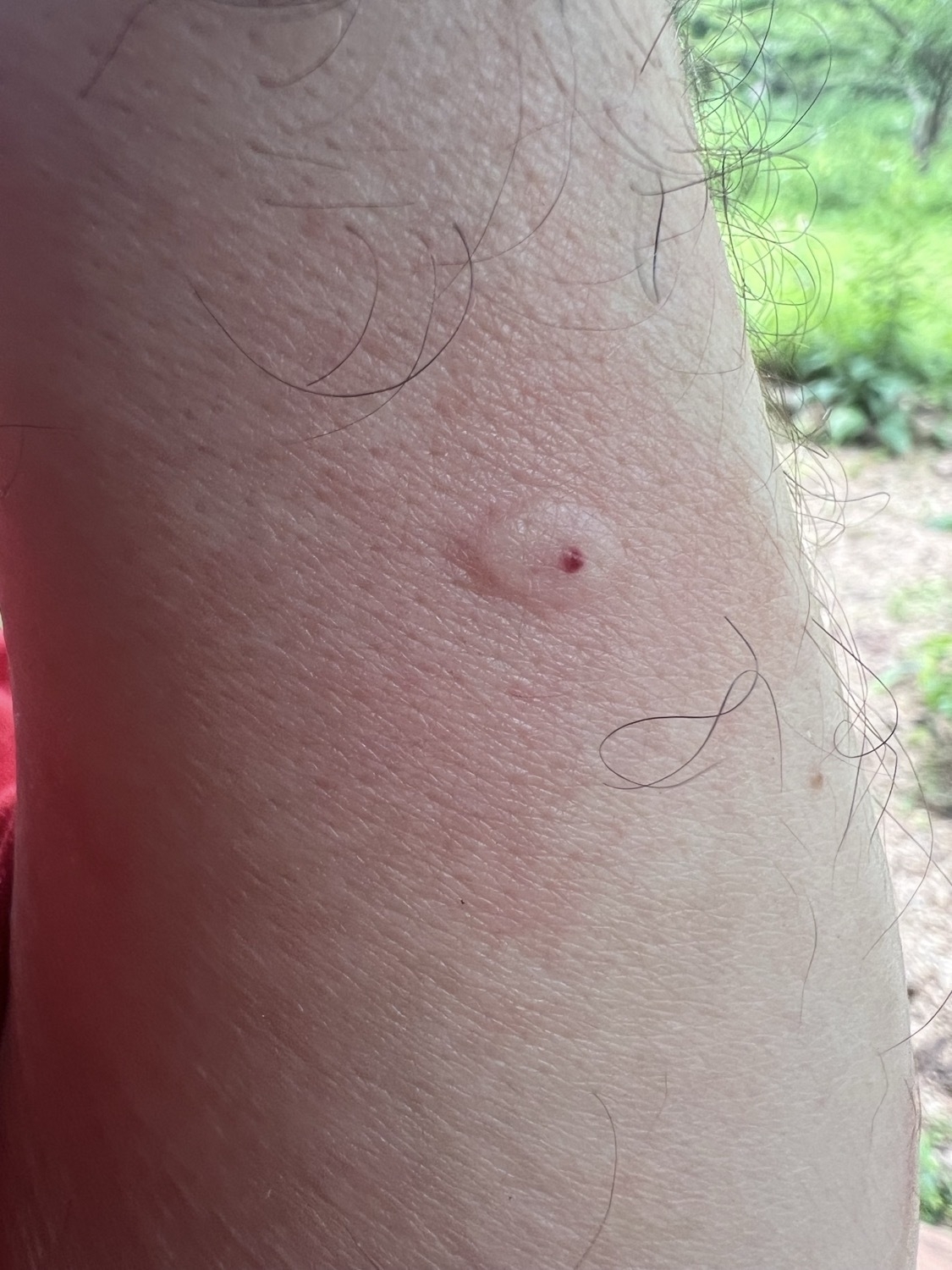
Tiny Life Journal - On my morning walk with Cosmo I stopped to enjoy the smell of a button bush and noticed a little Flower Crab Spider perched on one of the spheres of flower clusters tucked under a leaf. A lone bindweed flower softly lit by from behind was also worth a stop!
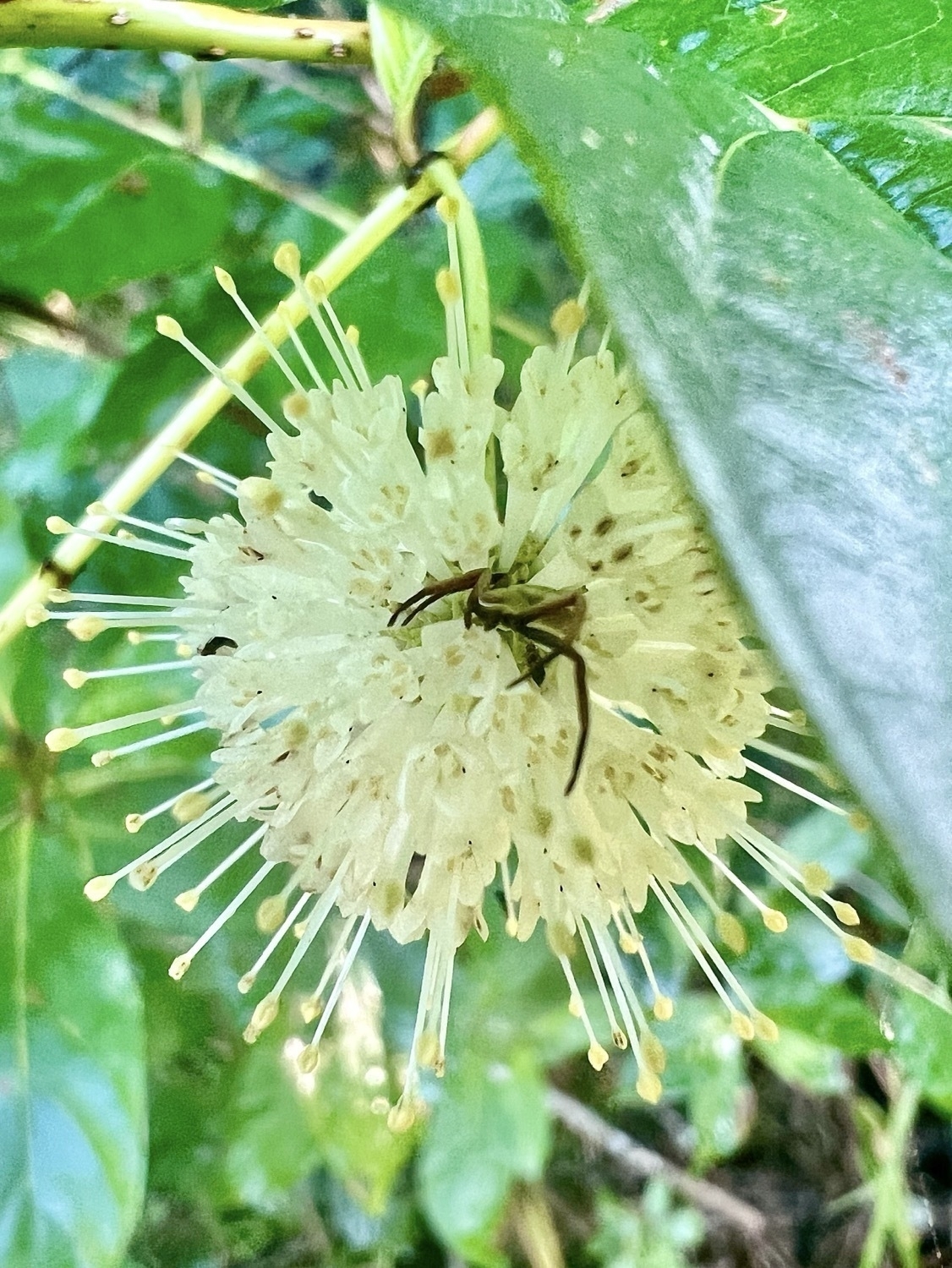
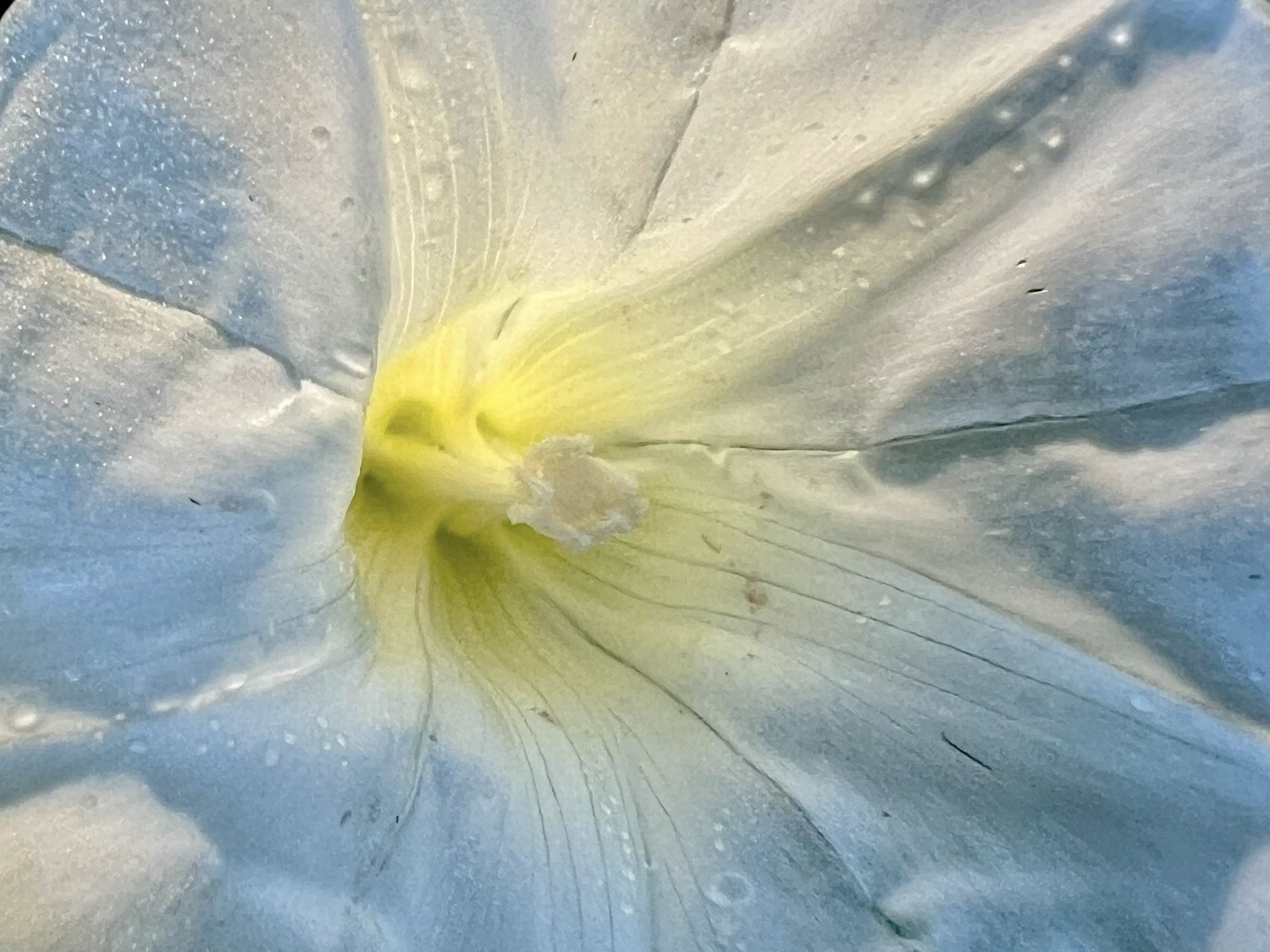
Tiny Life Journal - My mornings start with a dog walk followed by a 30 minute bike ride and, finally outdoor chores. Lately those chores start with picking blackberries. A beautiful view of the nearby Missouri countryside then, while picking blackberries I met a female widow skimmer dragonfly that was sunning itself.
The widow skimmer is one of the group of dragonflies known as king skimmers. The nymphs live in the water, molting and growing until they are ready to emerge from the water and then molting a final time to reveal their wings.

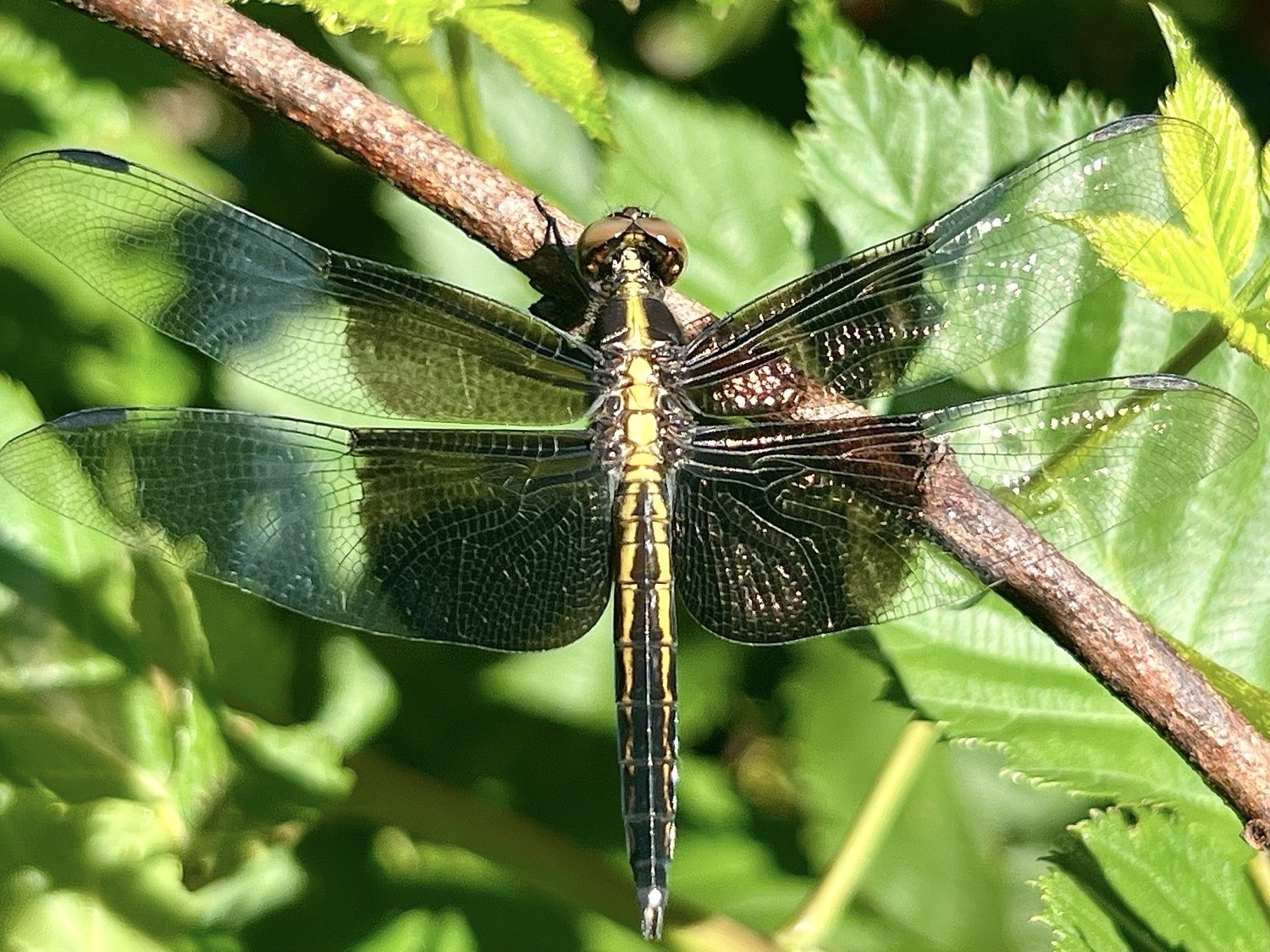
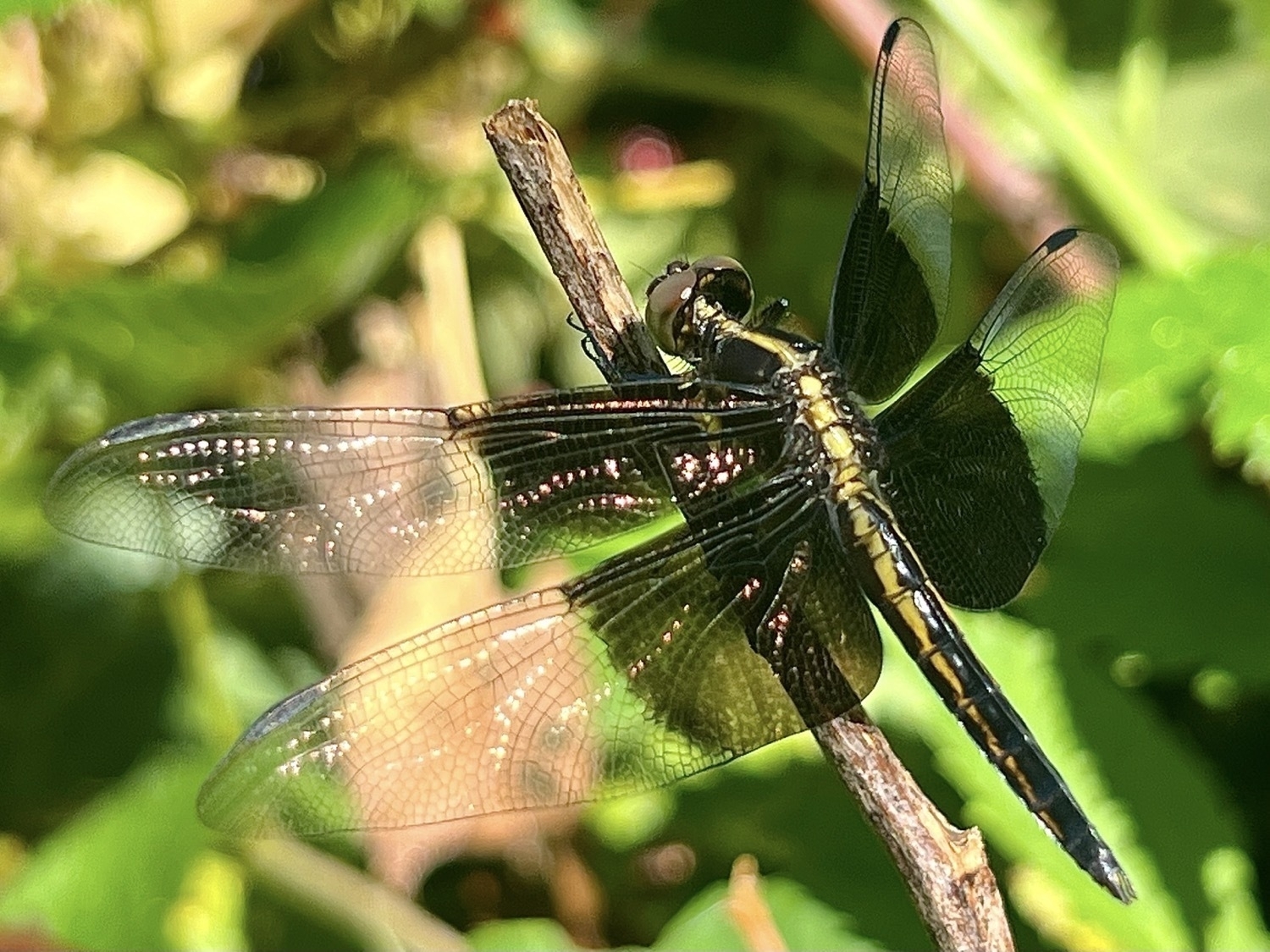
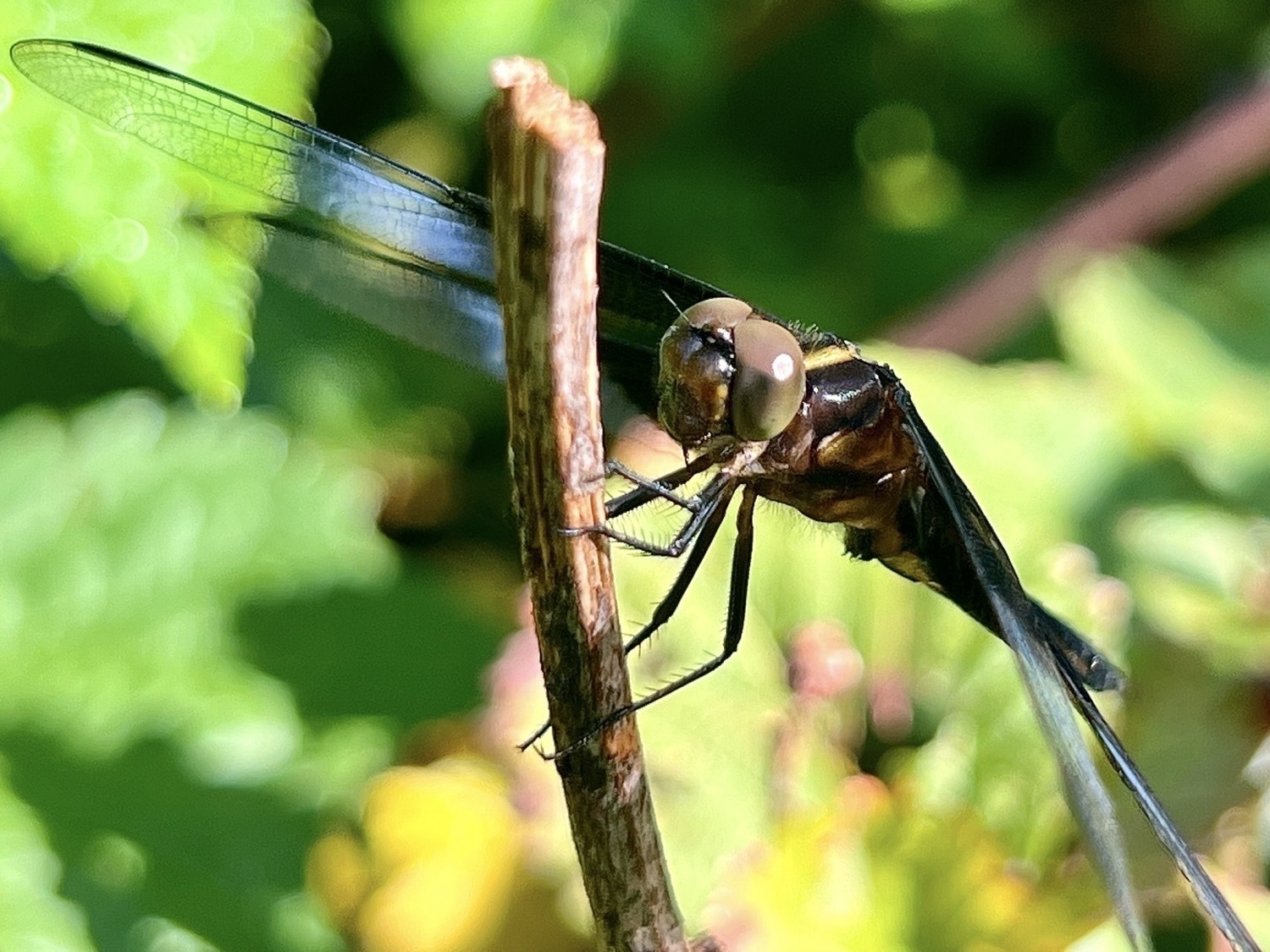
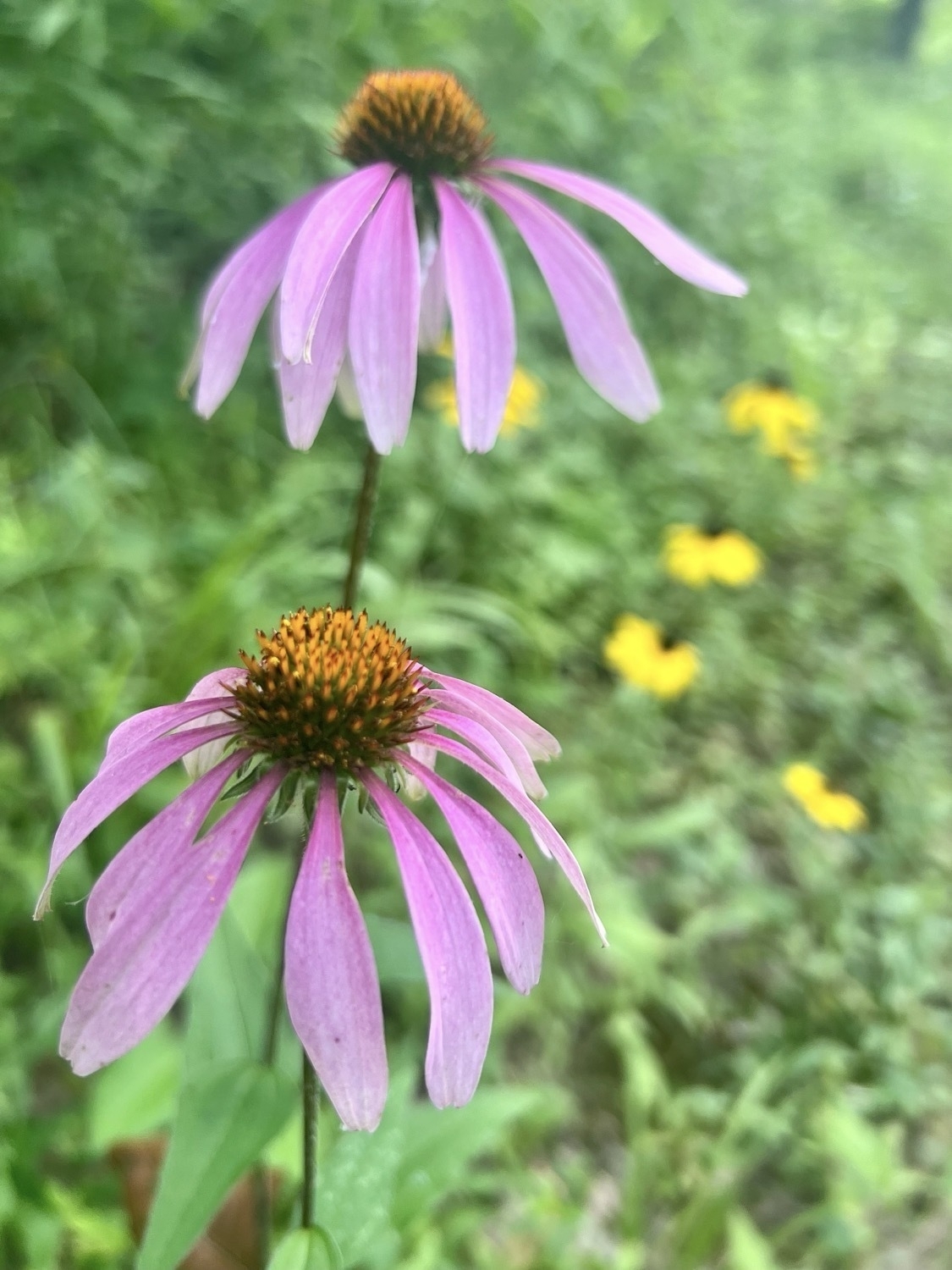
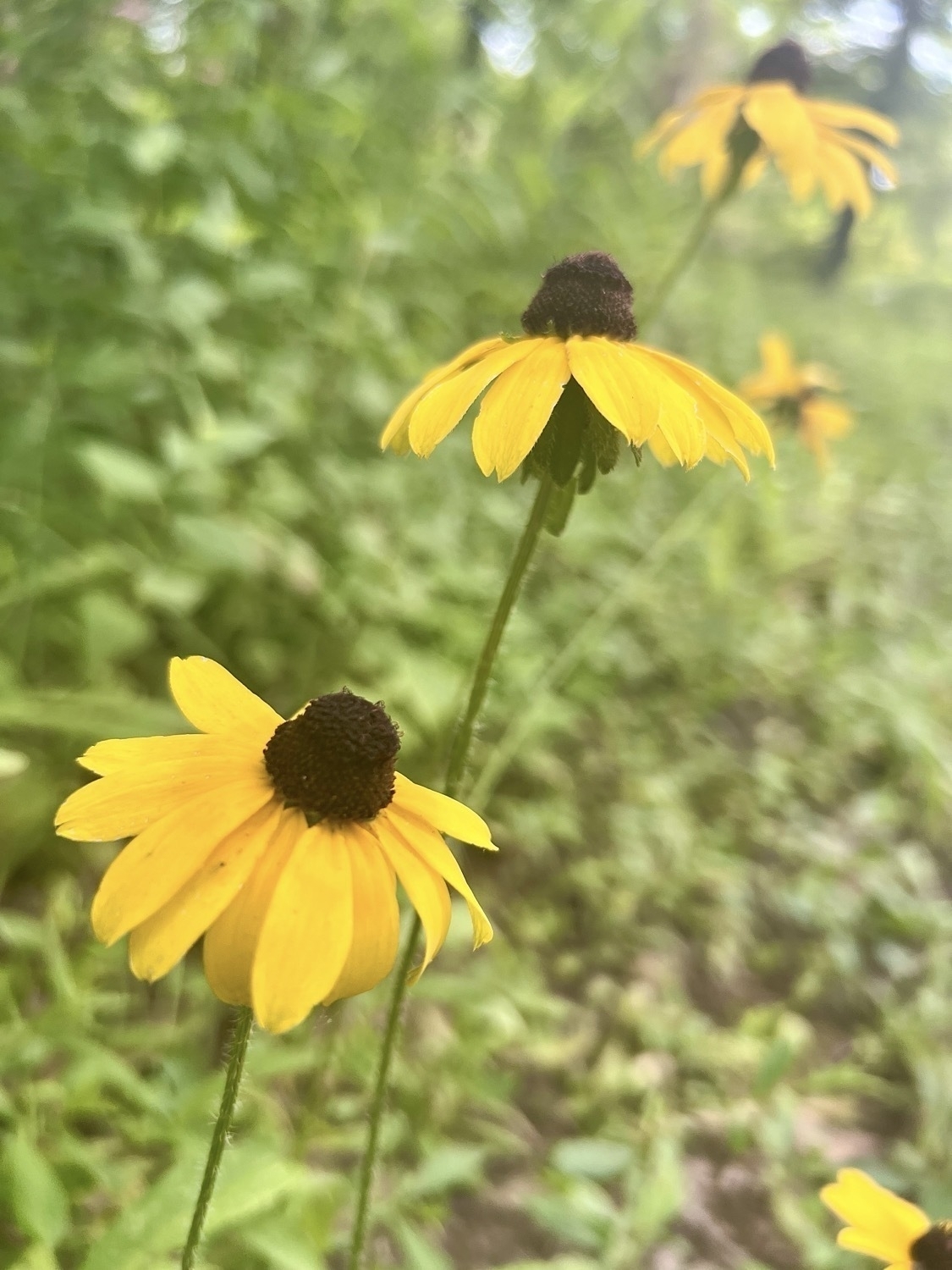
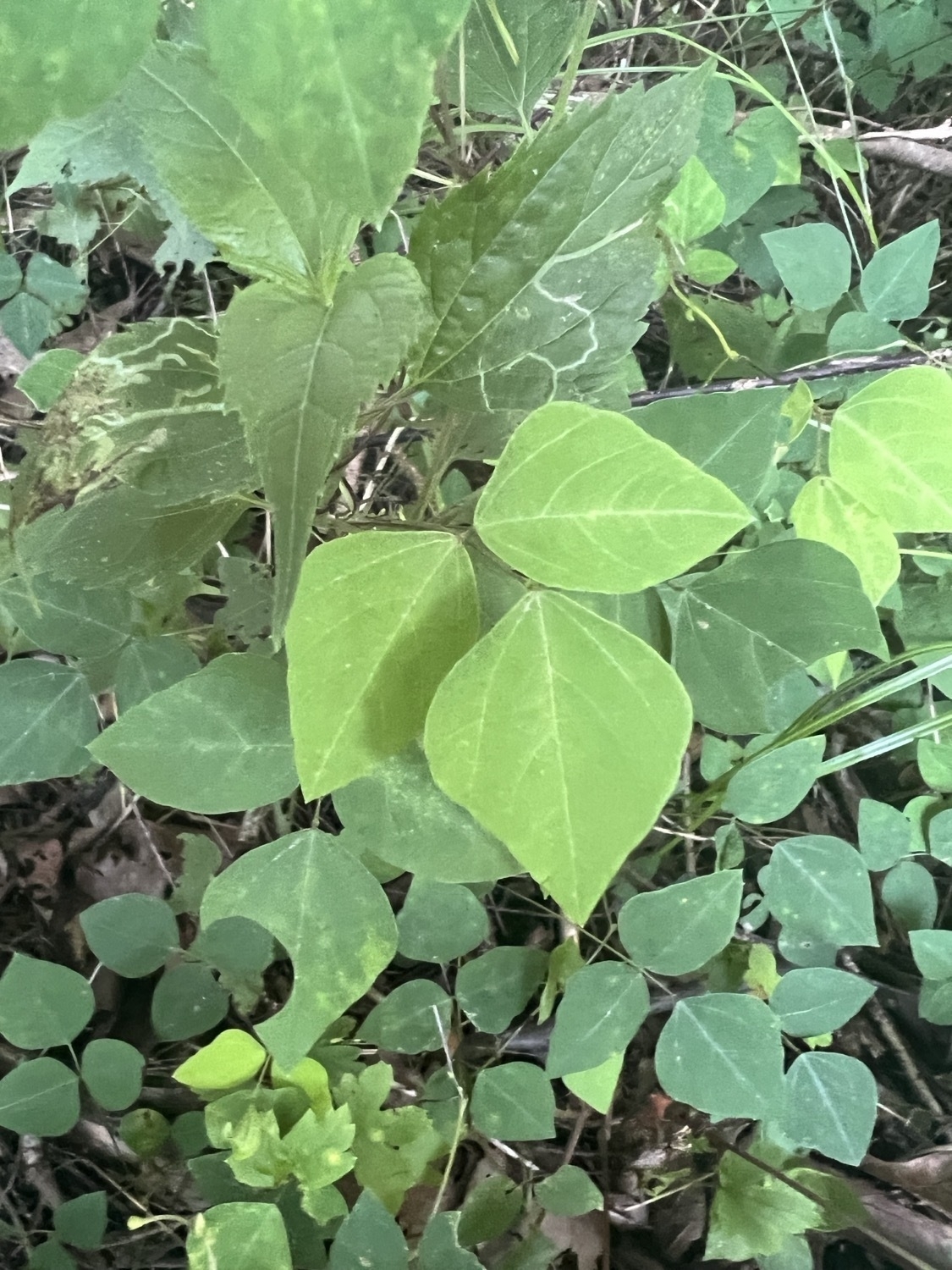
Tiny Life Journal - In my woodland garden, two of my favorite native wildflowers: Purple Coneflower and Black-Eyed Susan. Growing nearby, the American hog peanut which has edible seeds I hope to try this year.
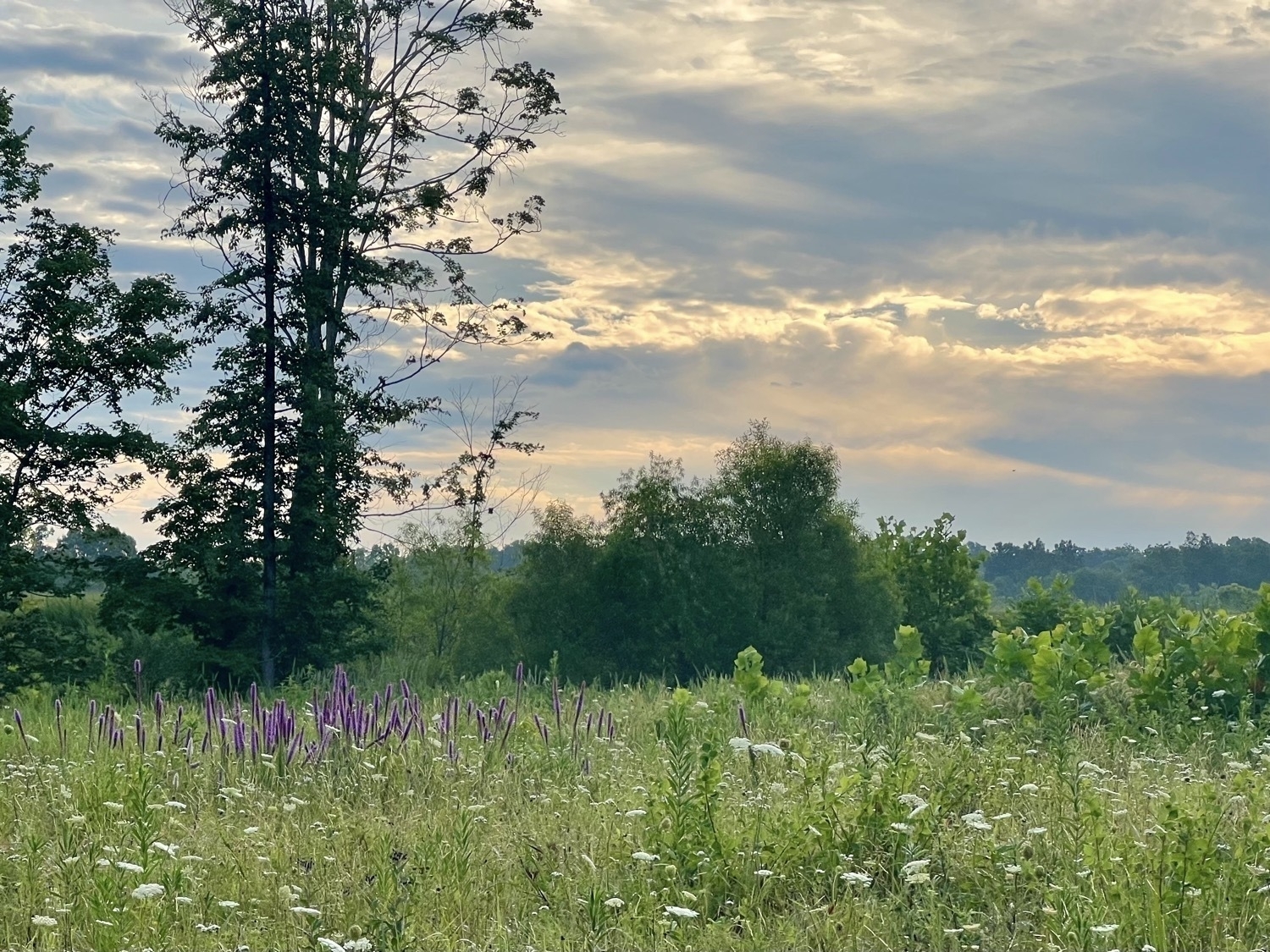
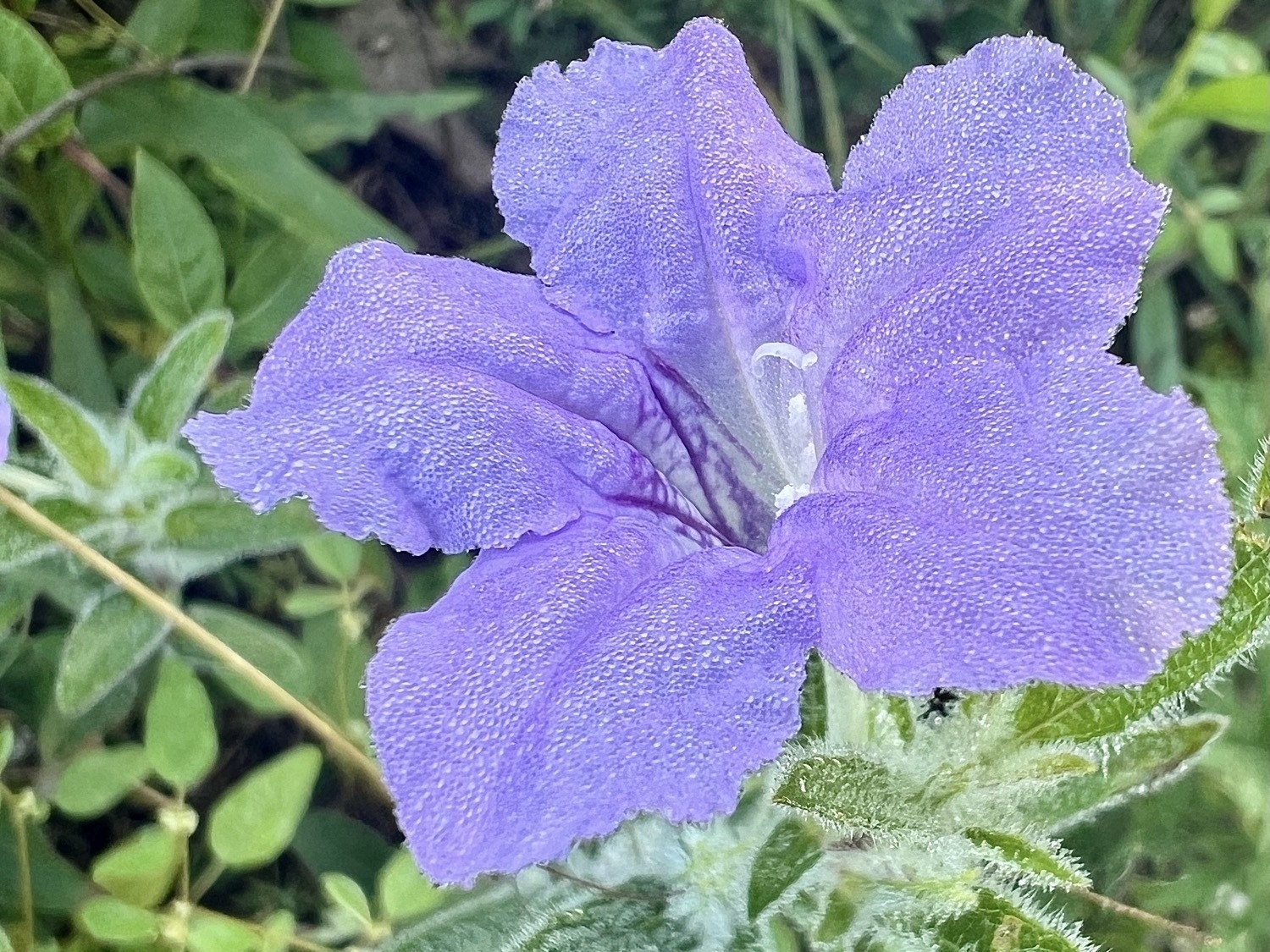
Tiny Life Journal - A morning dog walk is the start of my day. One mile on a gravel road that takes me through a mixed ecosystem of woodland, open fields and small meadows. A visual and aural mix of birds, butterflies, flowers and more. It’s simple, quiet and beautiful.
Tiny Life Journal - On a short evening walk with Cosmo we passed by this very small, delicate flower, Iris domestica, commonly called leopard lily or blackberry lily. Also making an appearance, Misumenoides formosipes, white banded crab spider.
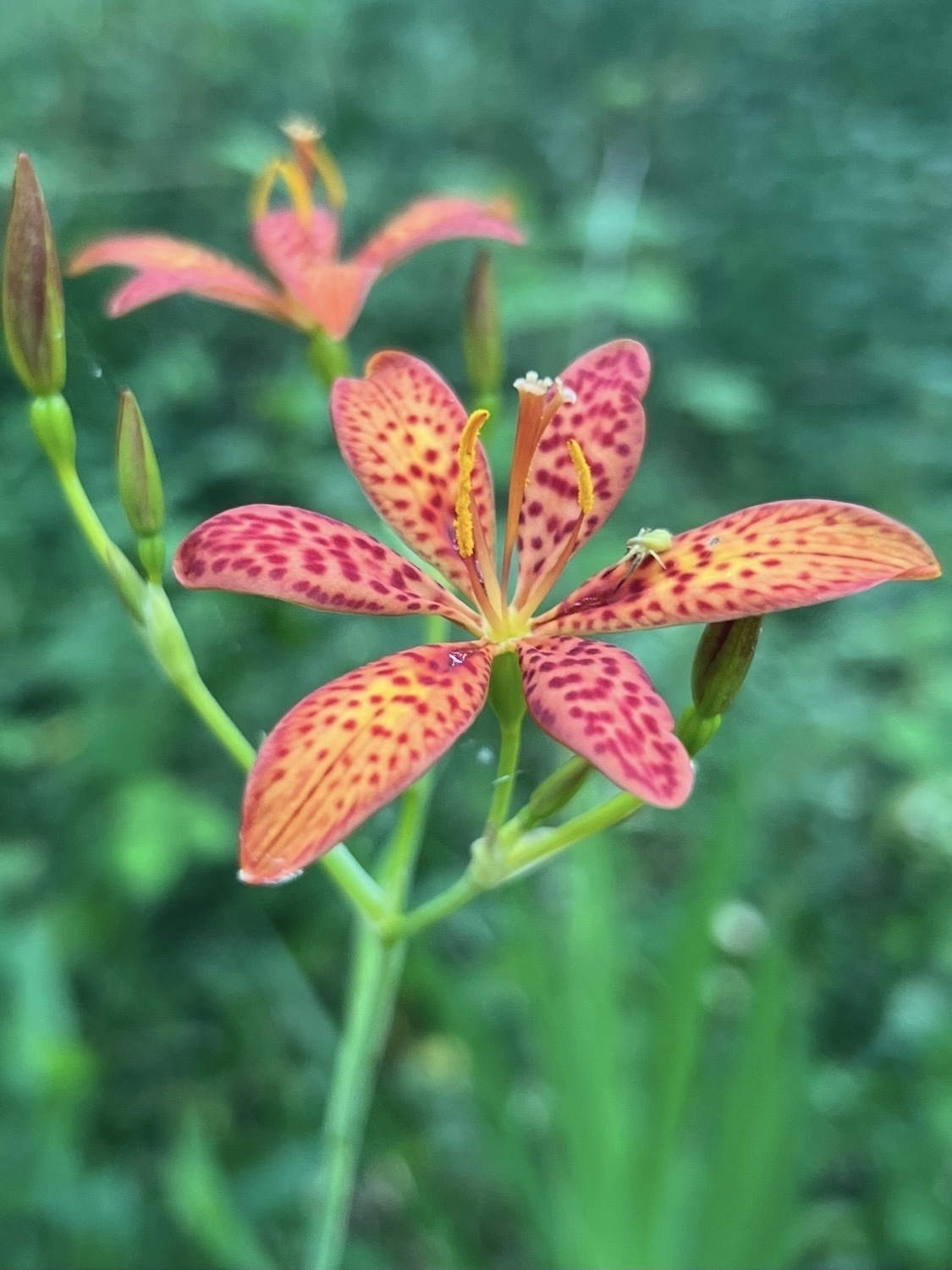
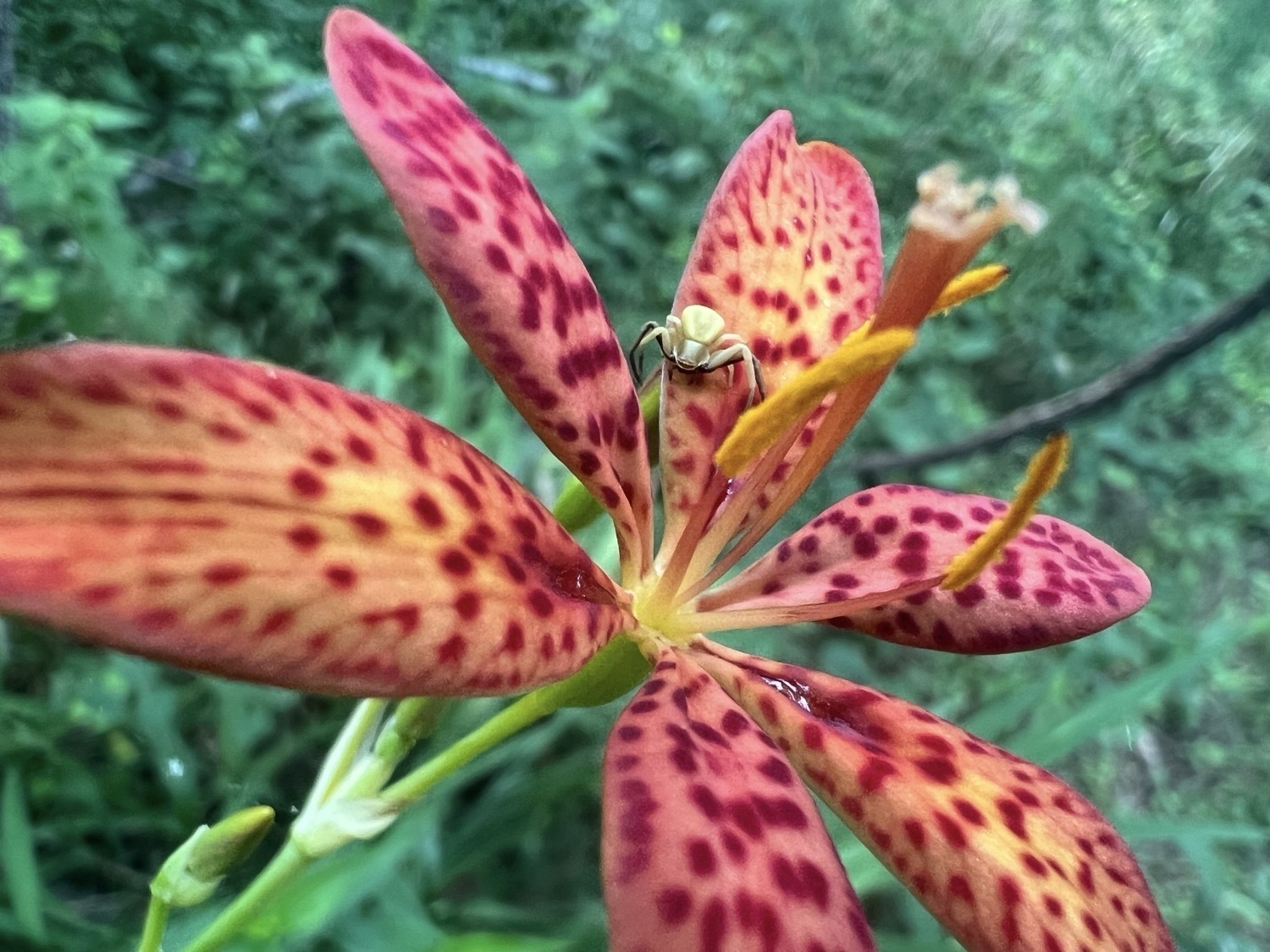
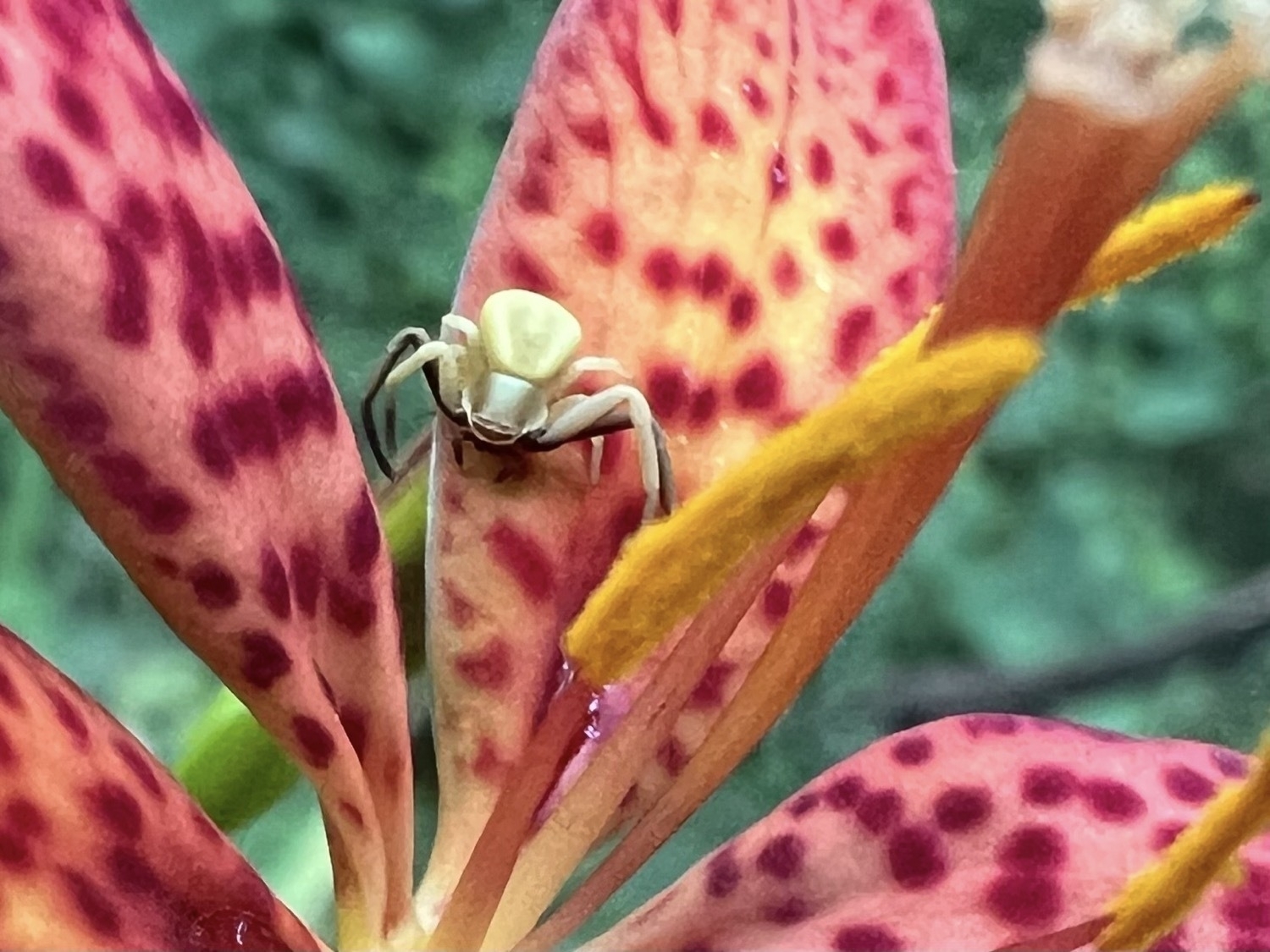
Tiny Life Journal - I've been seeing a lot of smallflower desert-chicory mixed into the various tall grasses. It's such a pretty flower to visit! Soundtrack: Northern Cardinal, Indigo Bunting and White-eyed Vireo.
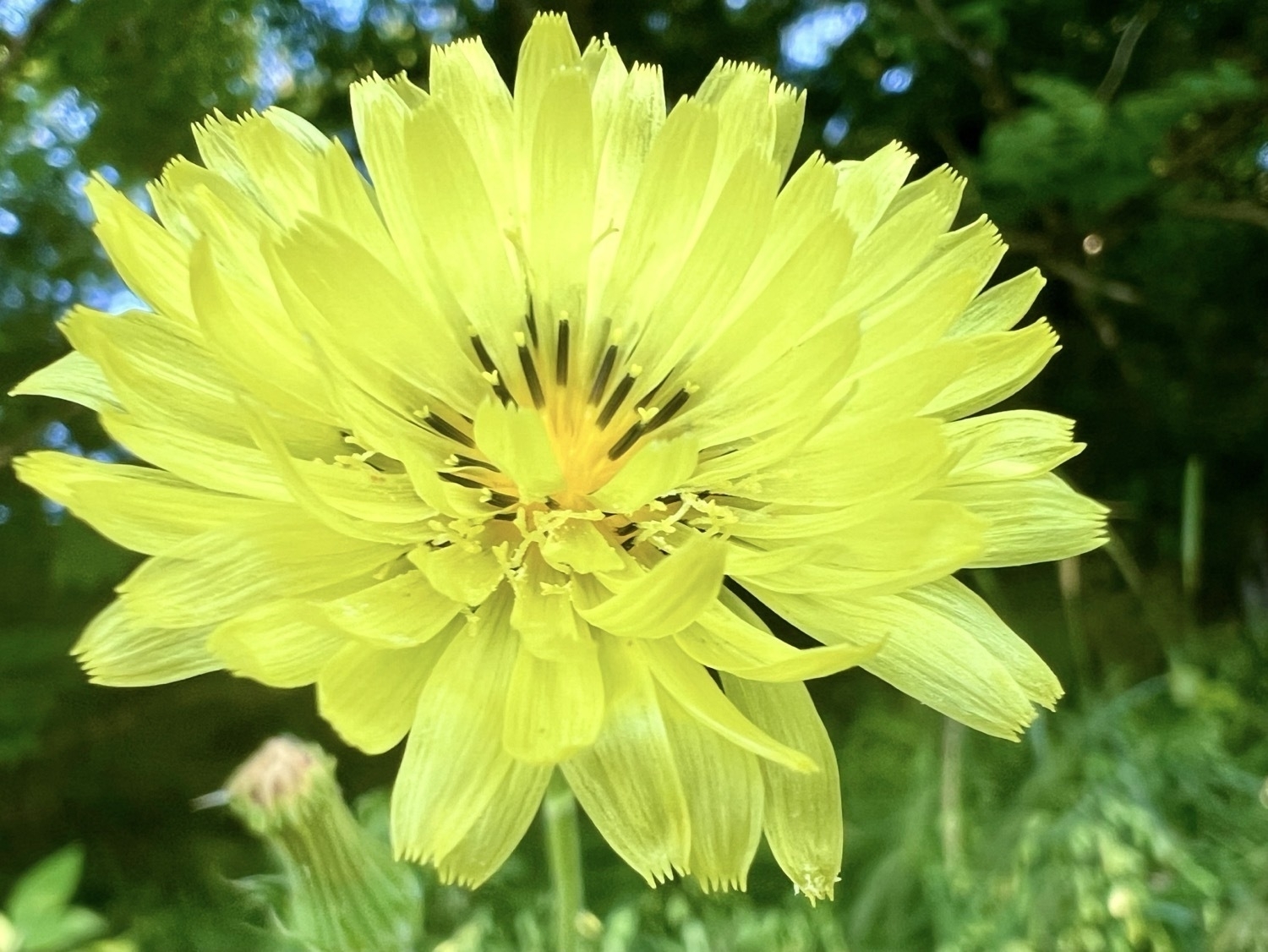
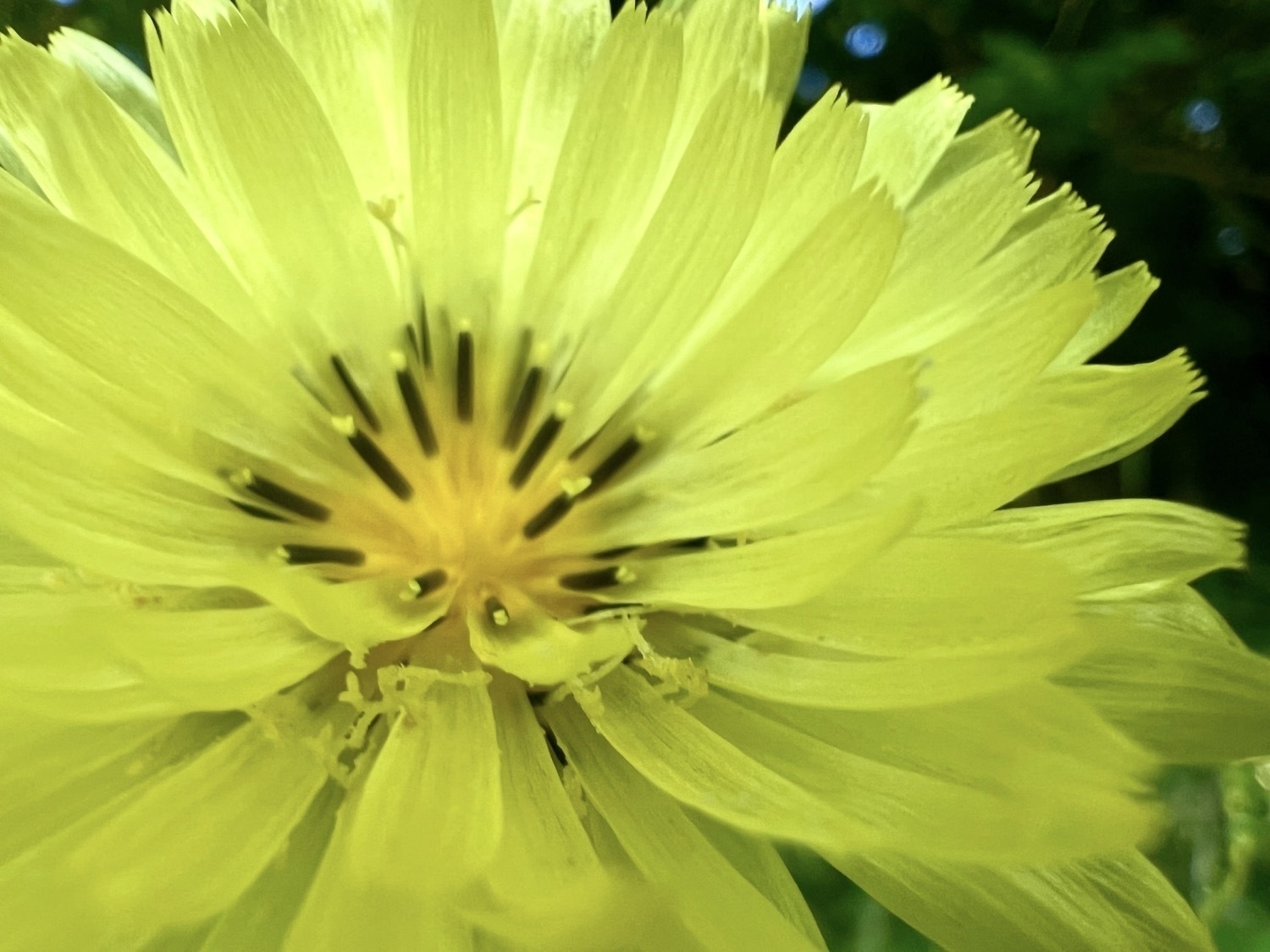
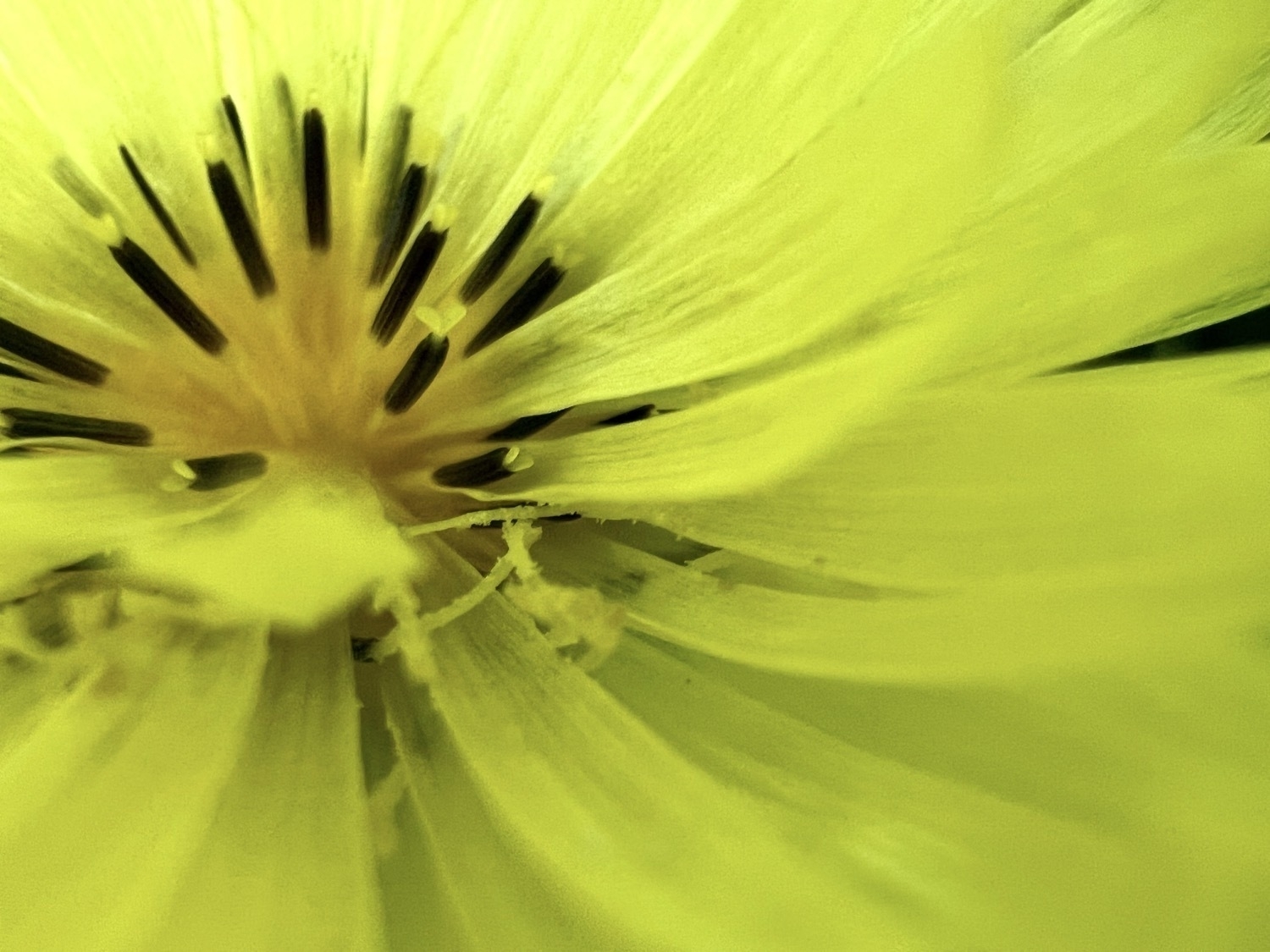
Tiny Life Journal - My morning walk with Cosmo was, as usual, a feast of birdsong and sun sparkling on dewy grass.
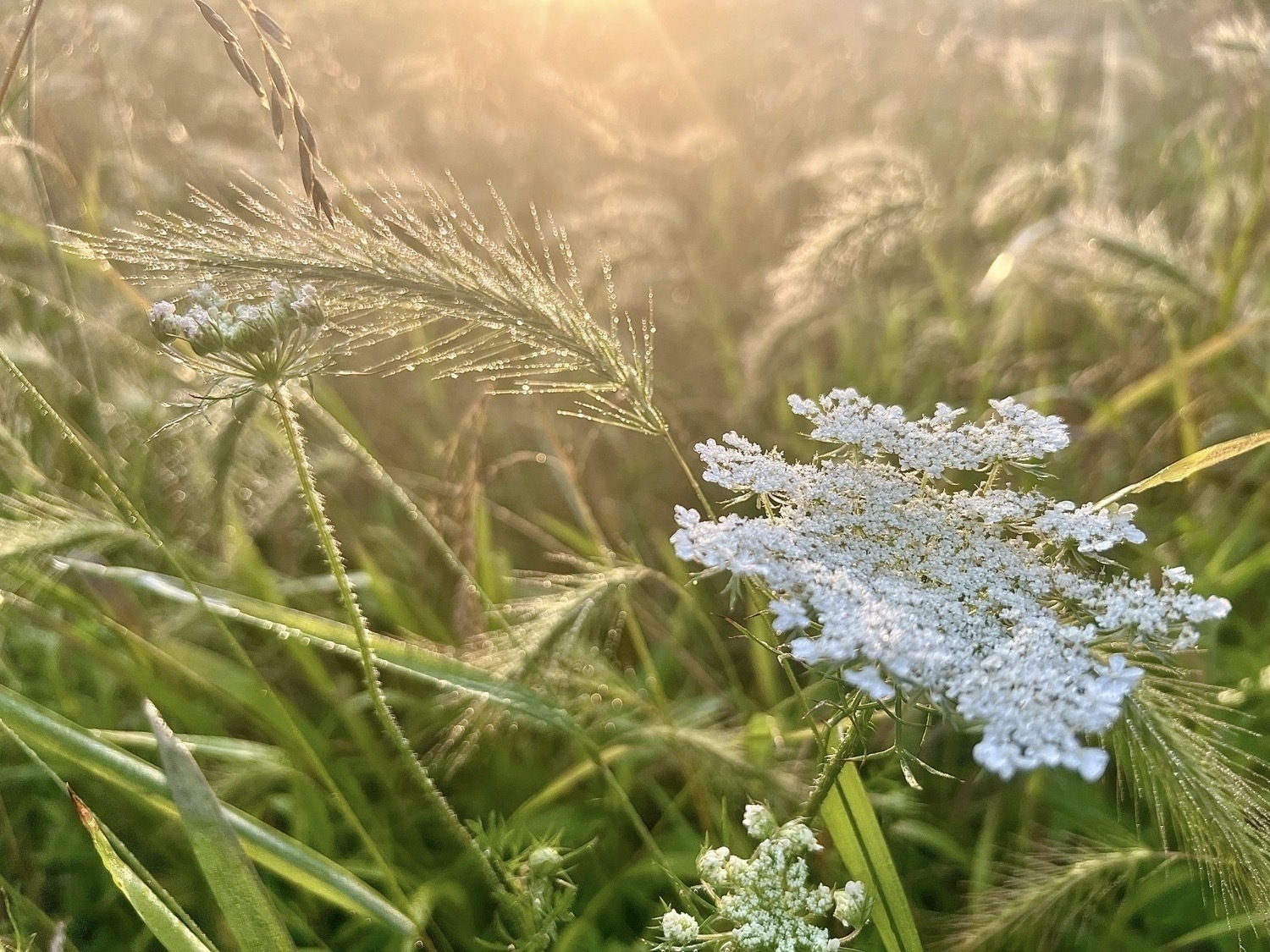
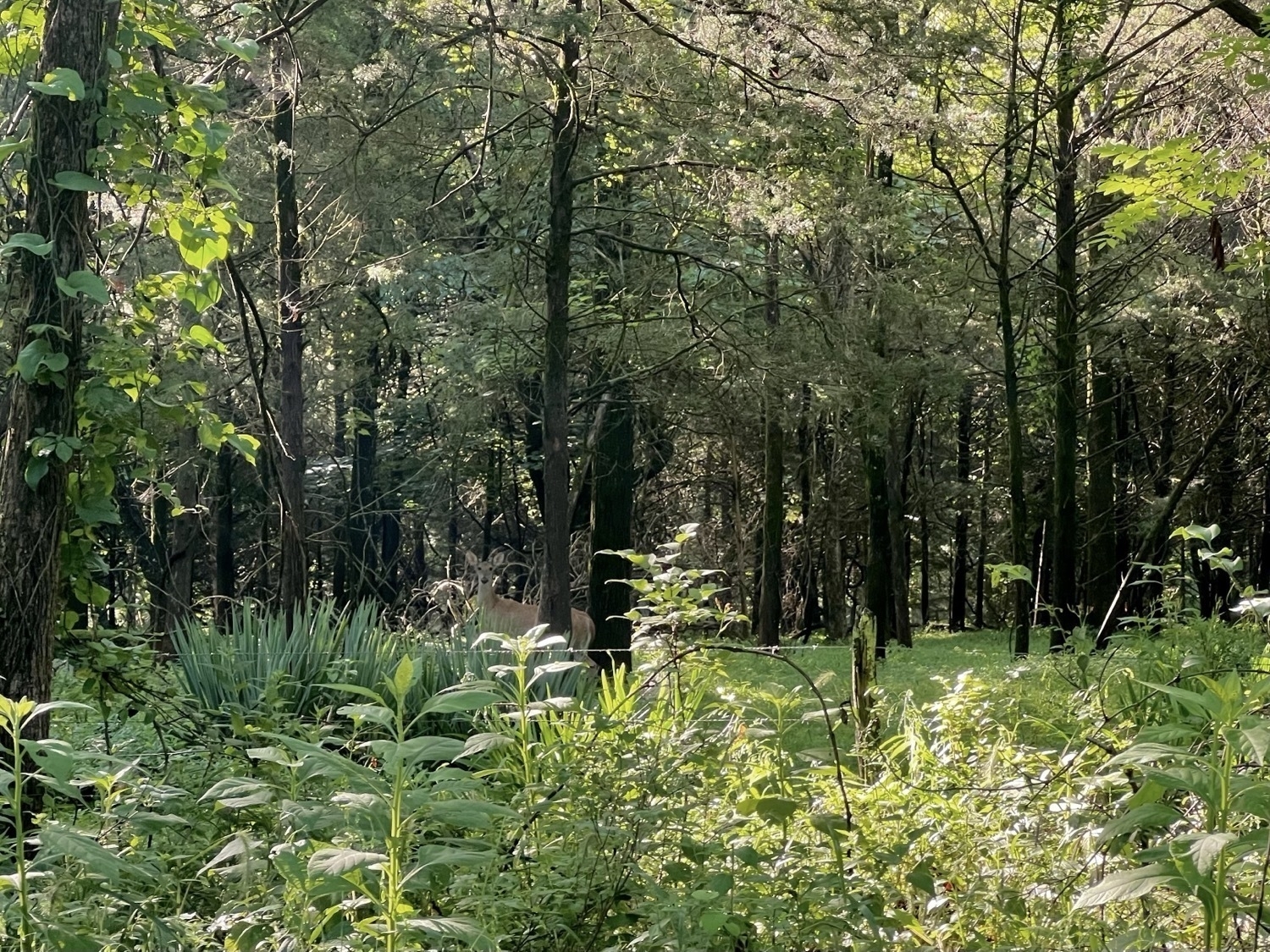
A few minutes later bike ride takes me past an opening in the understory of the woods lit by soft light over lush grass. I stopped to admire it and saw a friend in there.
Tiny Life Journal
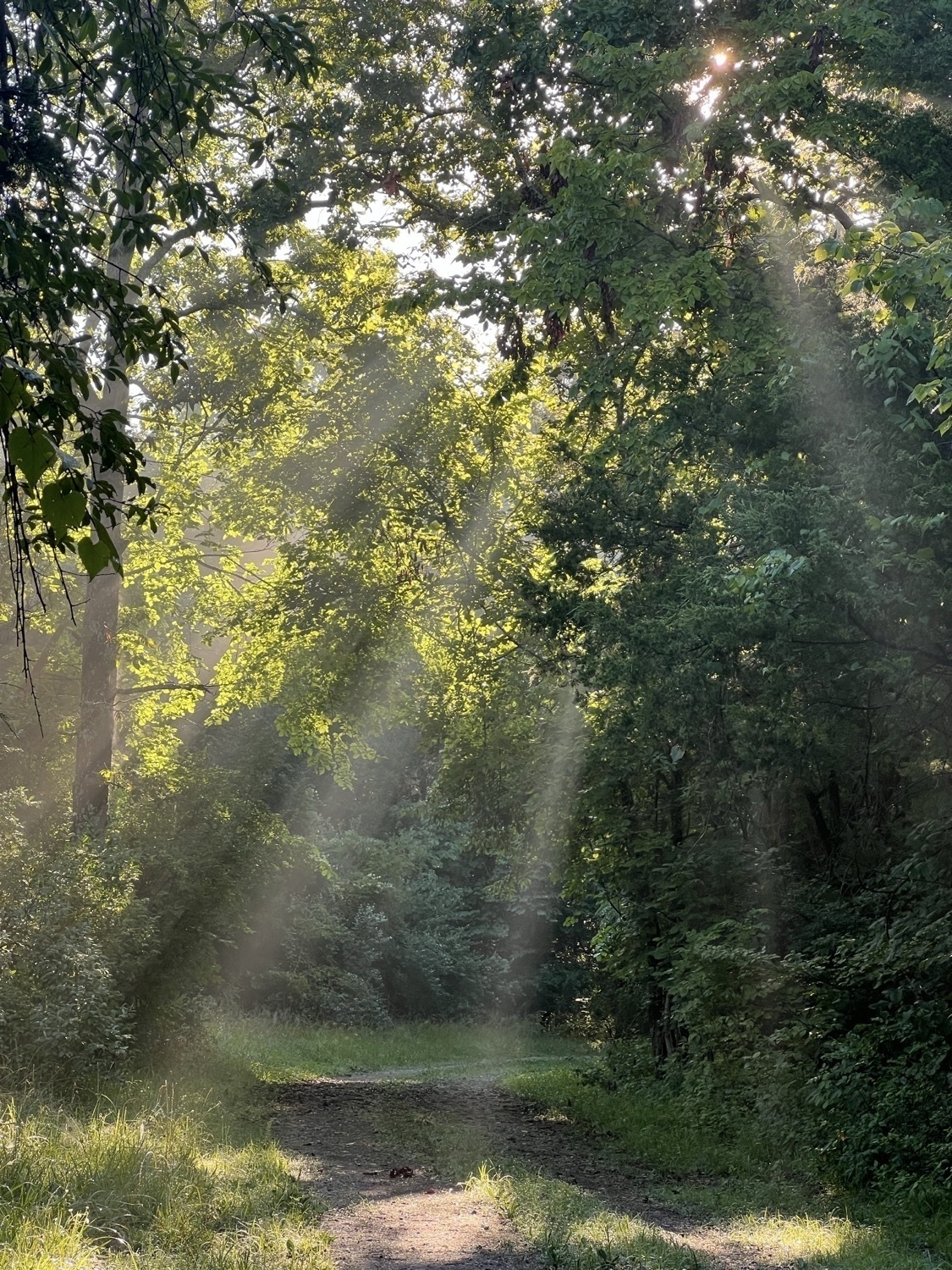
I've been pondering a change in what I post here. In the past year my tendency has been to post several times a day, usually links to recent climate or human rights news which I'll continue but to a lesser degree. I want to shift to more personal posts about aspects of living a simpler, climate adapted life. What does it mean to live with an intentional goal to draw down energy consumption? What does a low energy life look and feel like? I'm thinking I'll call it Tiny Life Journal. I could just as easily call it Slow Life Journal.
In a field of grass and wildflowers, Queen Anne's Lace and smallflower desert-chicory greet the sunrise.
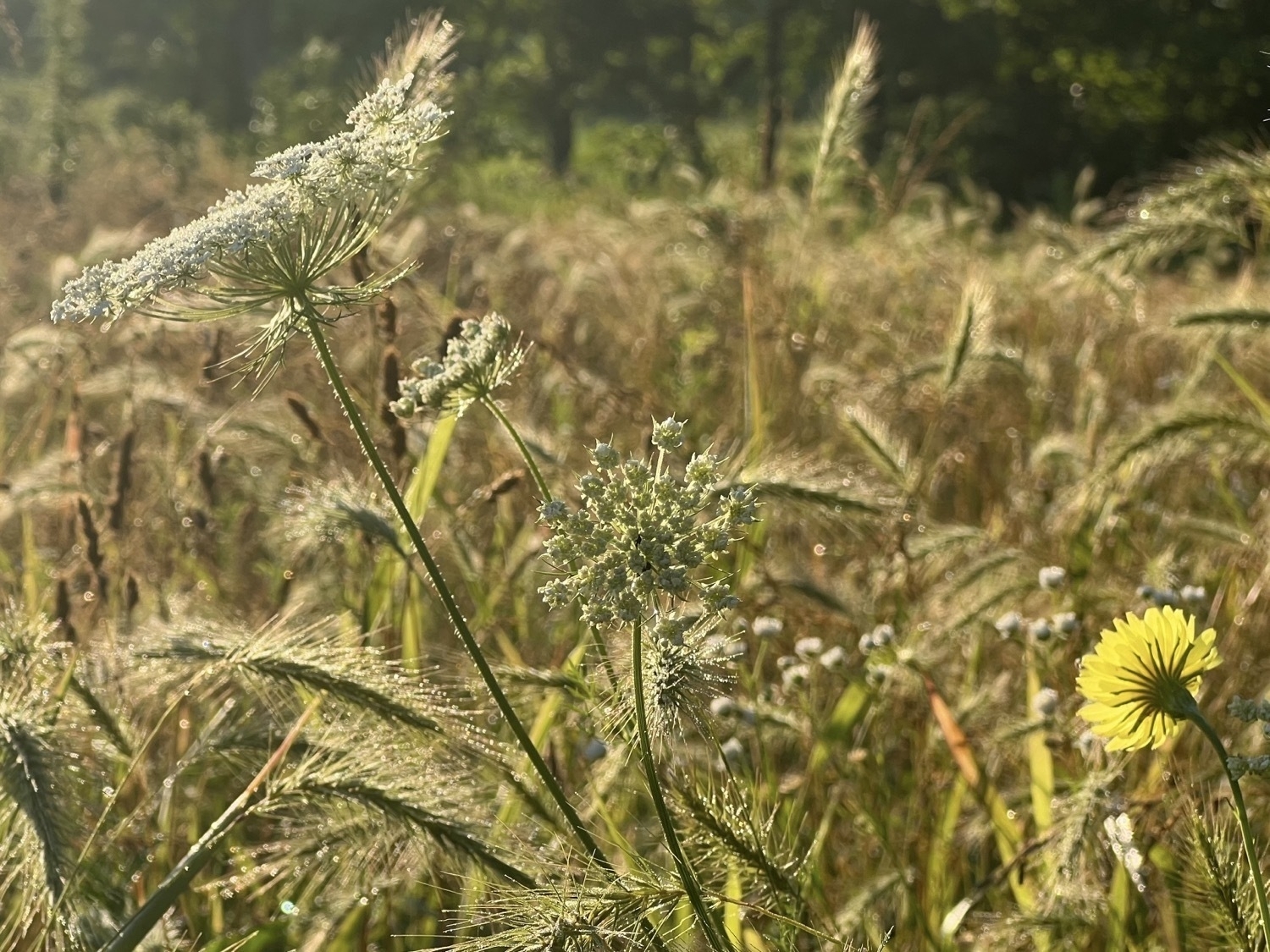
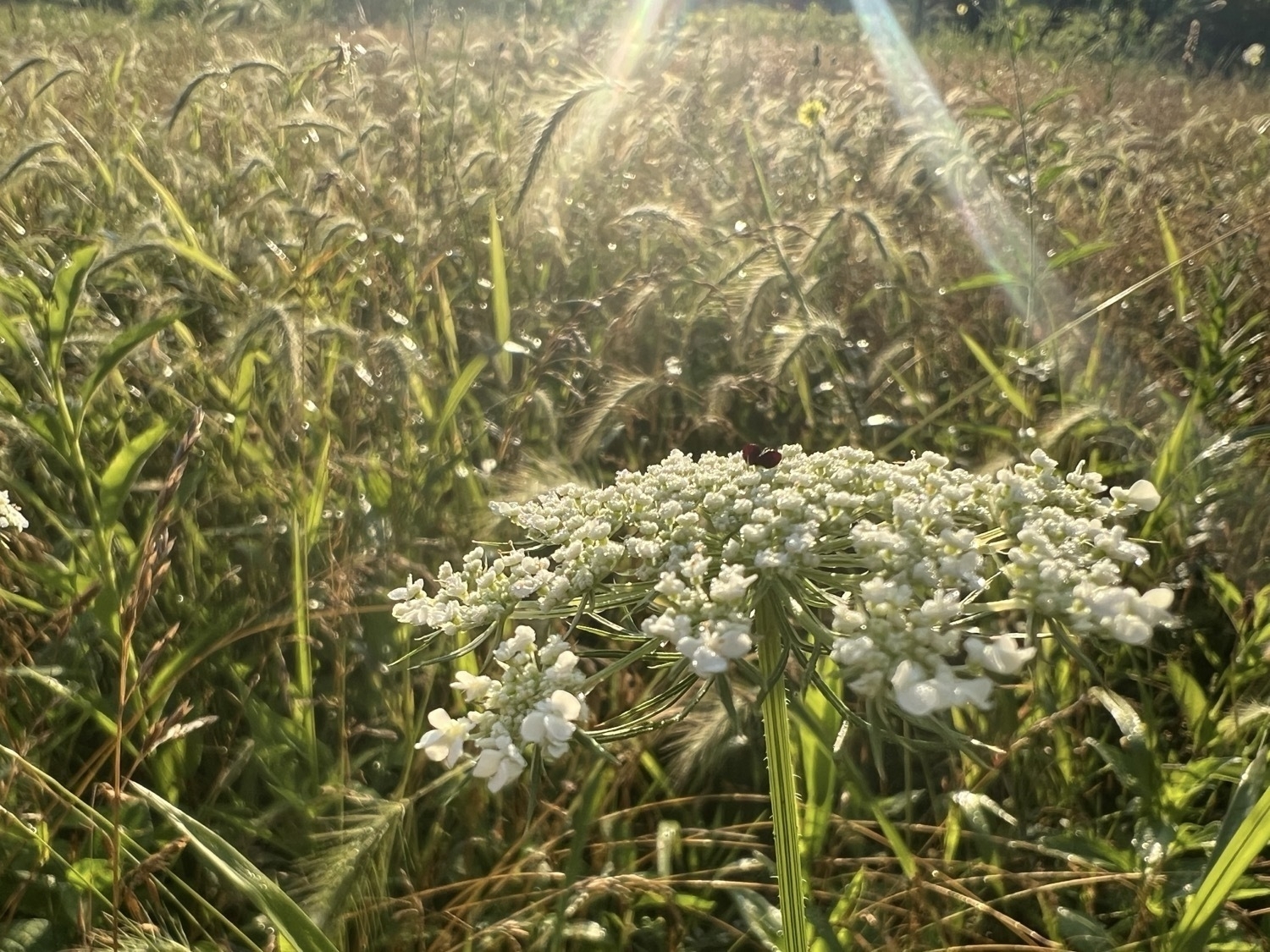

The plump seed heads of a grass meadow and a dew covered daisy were bathed in sunlight along my walk today. Soundtrack provided by Wood Thrush, Yellow-throated Vireo, Northern Paula, White-eyed Vireo, Ovenbird and some bull frogs!
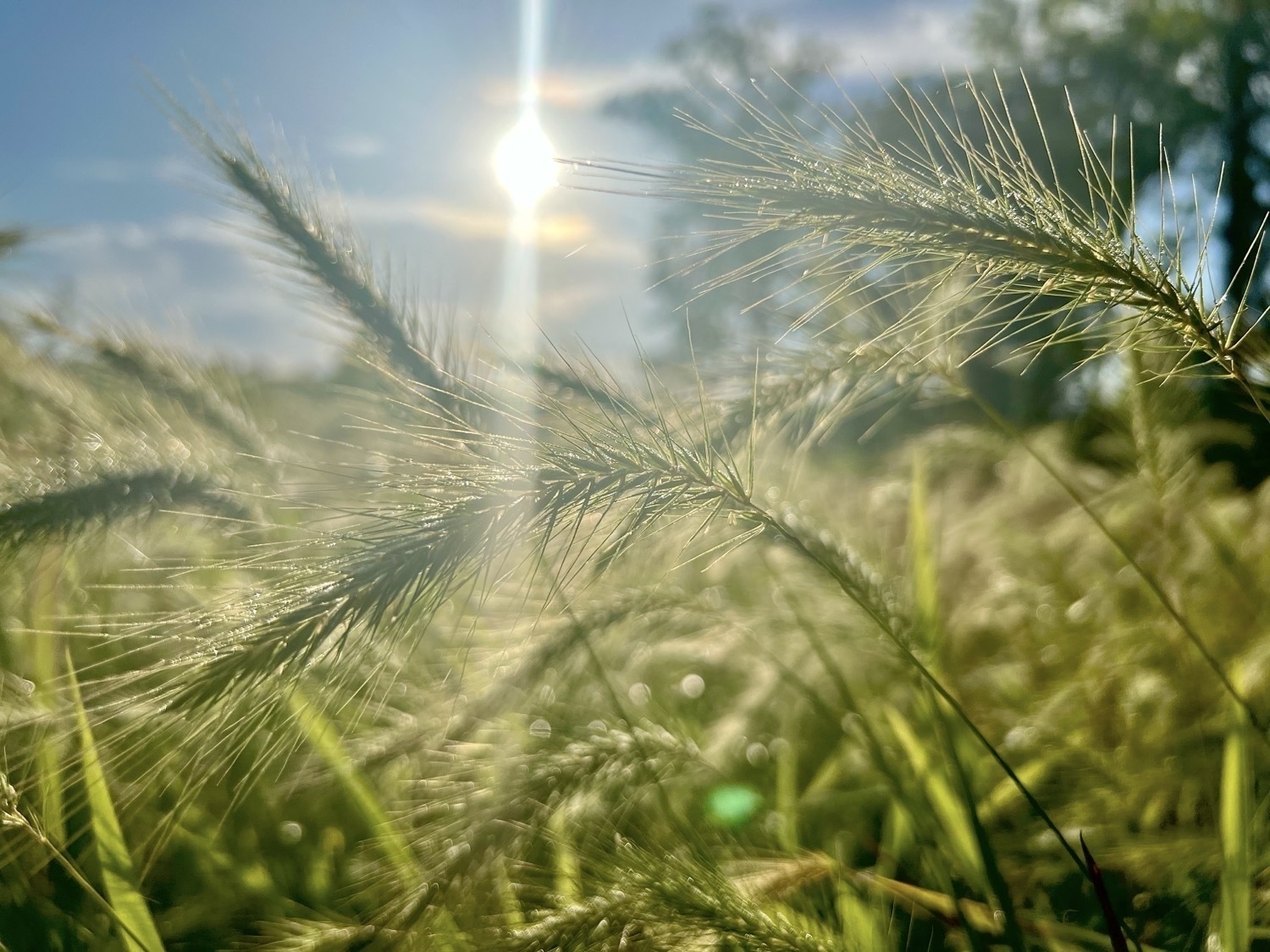
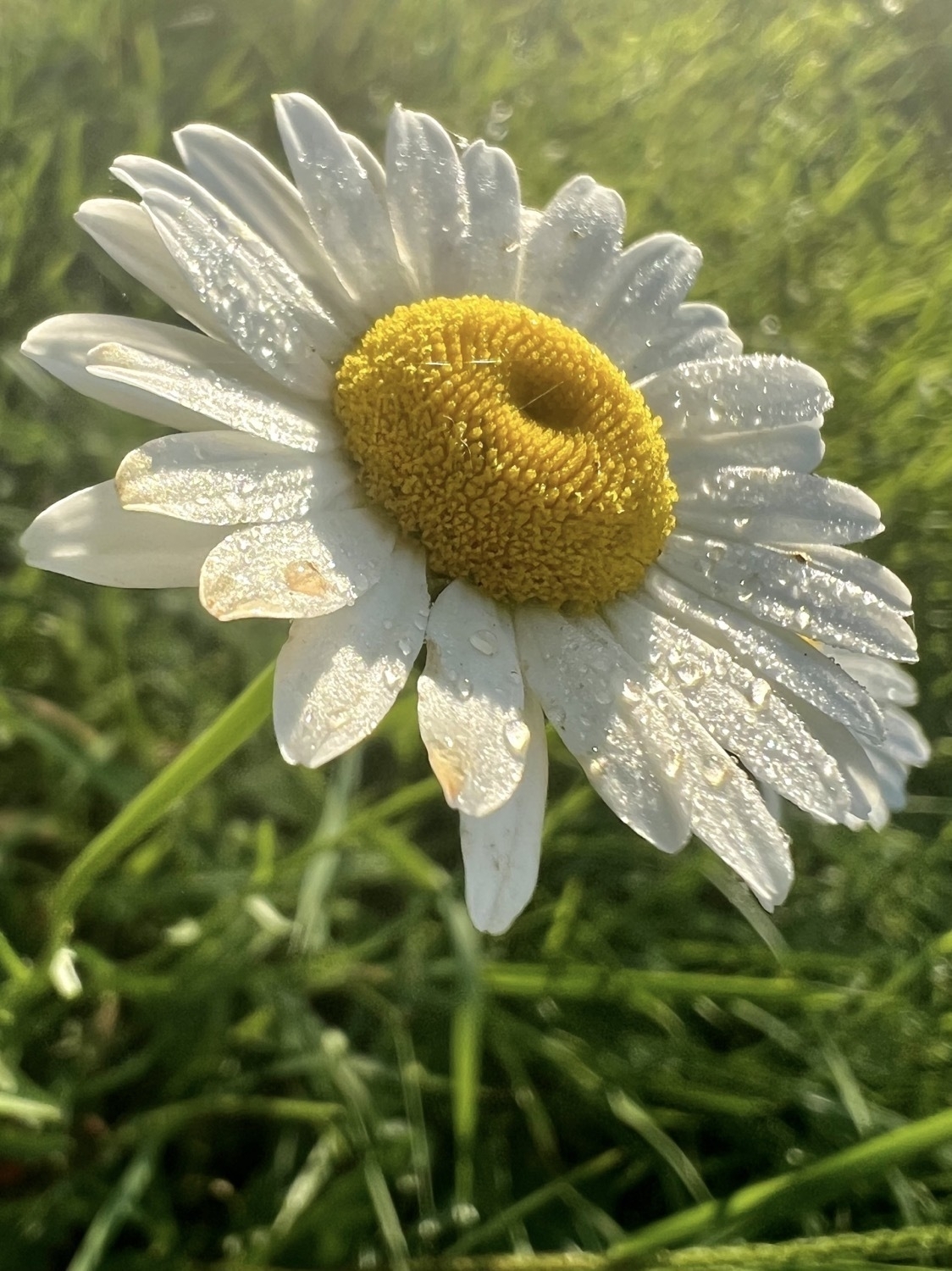
The sights and sounds of a morning walk. Birds songs identified as: Red-eyed Vireo, Northern Parula, White-eyed Vireo, Northern Cardinal, Yellow-breasted Chat and Acadian Flycatcher.
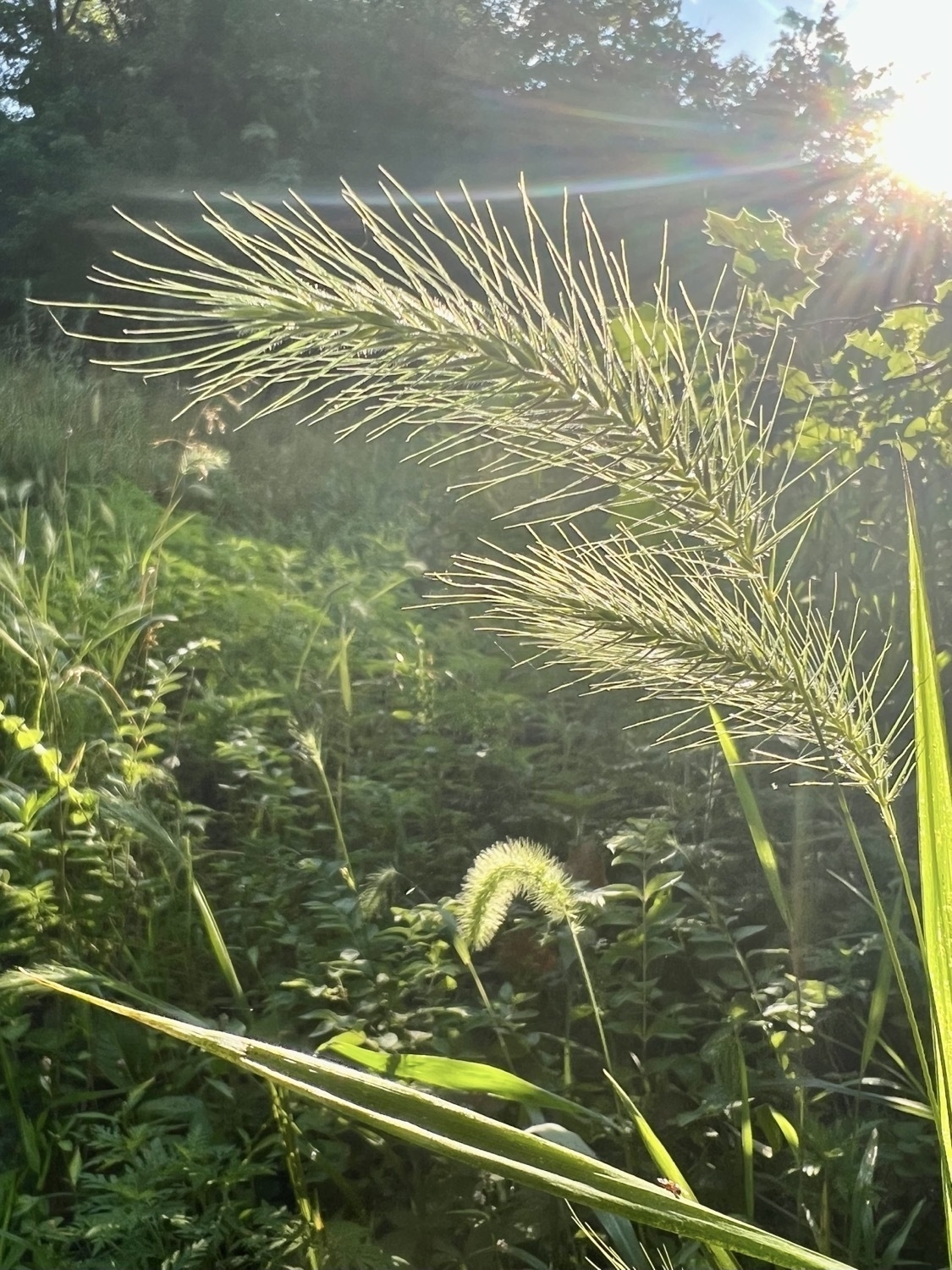
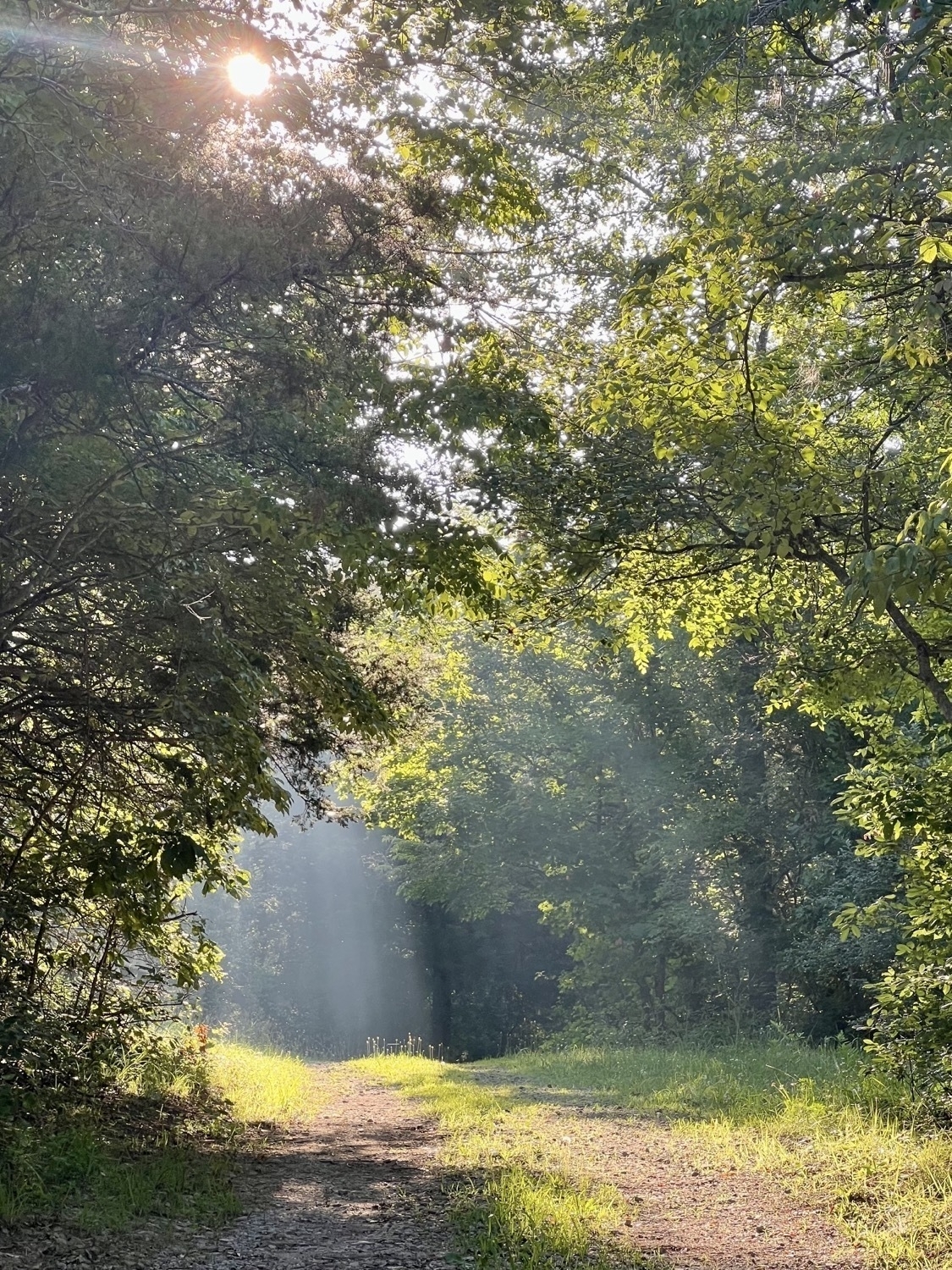
A beautiful yellow slime mold! I love the details of the little ruffles and the threads attaching to the leaves.
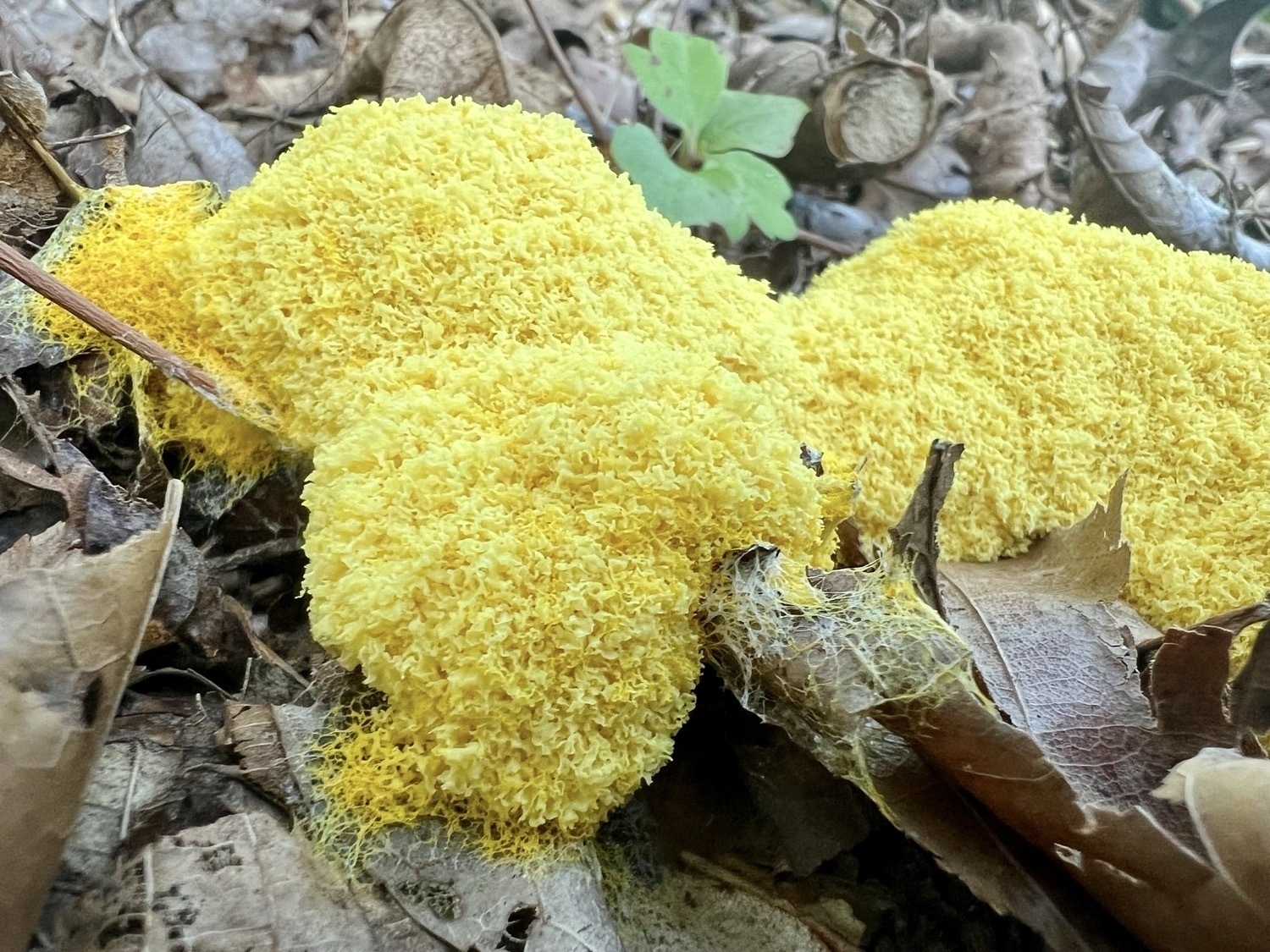
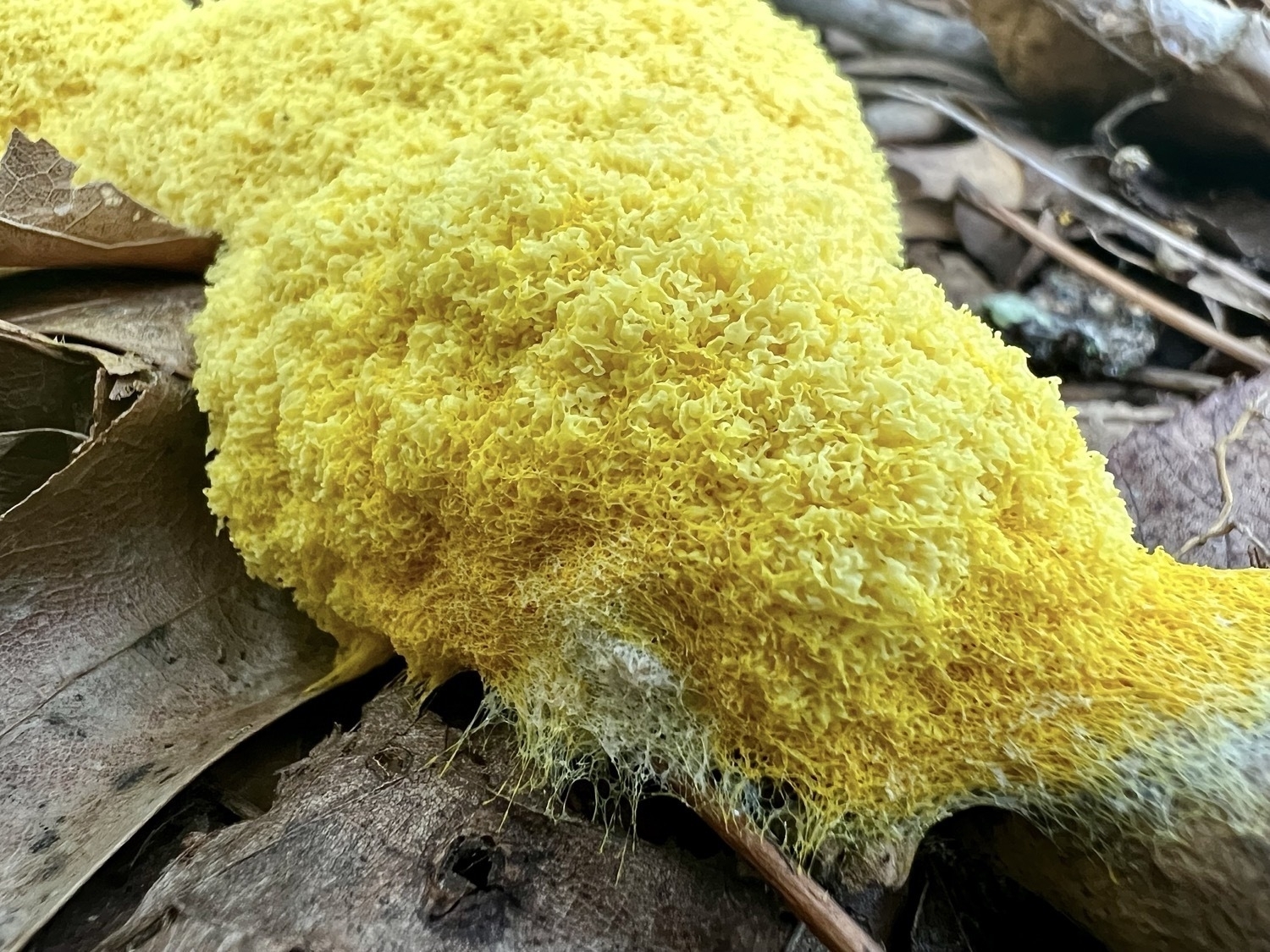
Nature’s Oldest Mandolin: The Poetic Science of How Cicadas Sing – The Marginalian
“The use of music,” Richard Powers wrote, “is to remind us how short a time we have a body” — a truth nowhere more bittersweet than in the creature whose body is the oldest unchanged musical instrument on Earth: a tiny mandolin silent for most of its existence, then sonorous with a fleeting symphony of life before the final silence.
Cicadas 2024: Brood XIX and XIII will impact our ecosystems for years to come - Vox
While the insect explosion will be brief, it will shape forests for years to come. The binge-fest that birds enjoy during these periods supersize their families and, in turn, shift the eating and hunting patterns of many other species. These effects send ripples throughout the ecosystem. As one recent study put it, pulses of periodical cicadas can “rewire” entire forest food webs.
It has begun! I found this year's cicadas in my garden this morning. Magicicada septendecim, sometimes called the Pharaoh cicada or the 17-year locust, is native to Canada and the United States and is the largest and most northern species of periodical cicada with a 17-year lifecycle.
